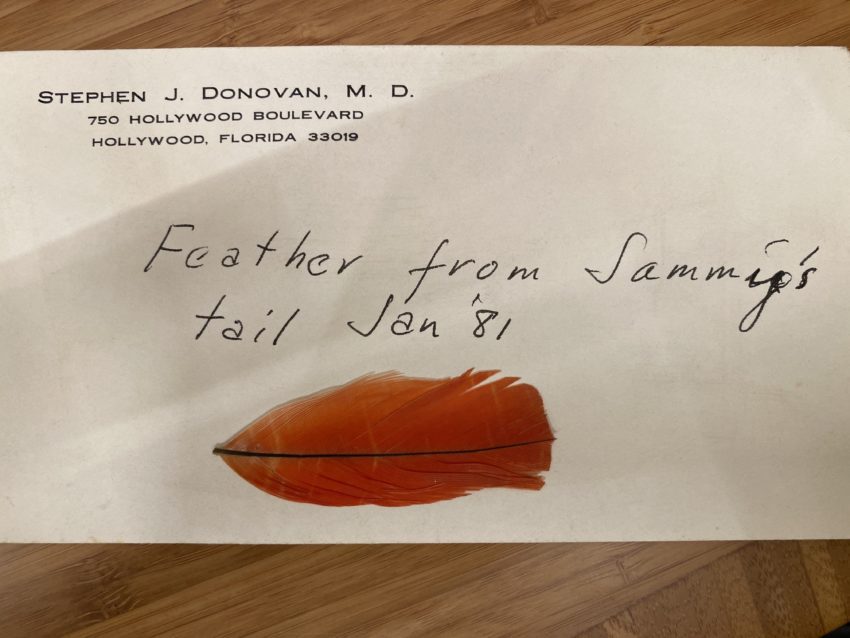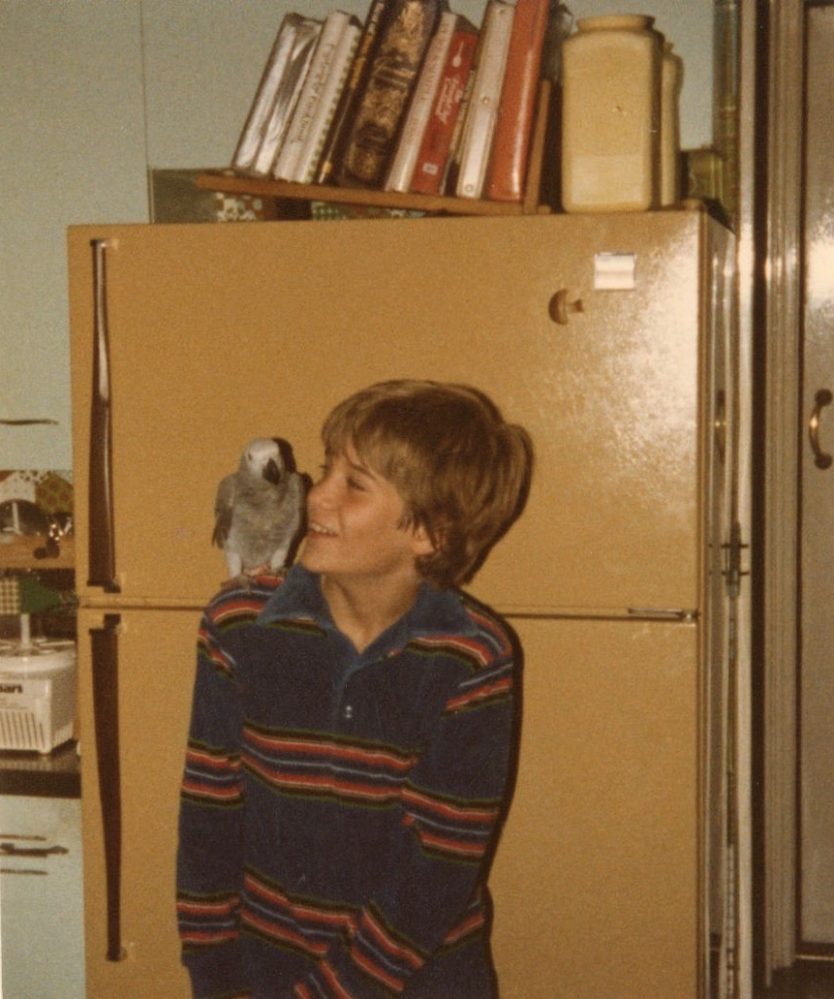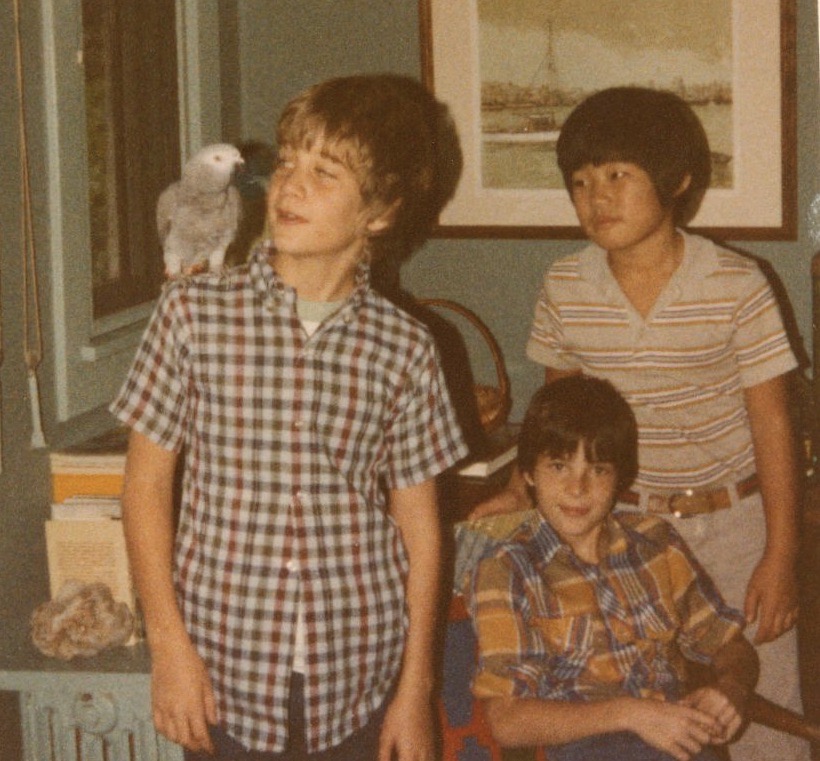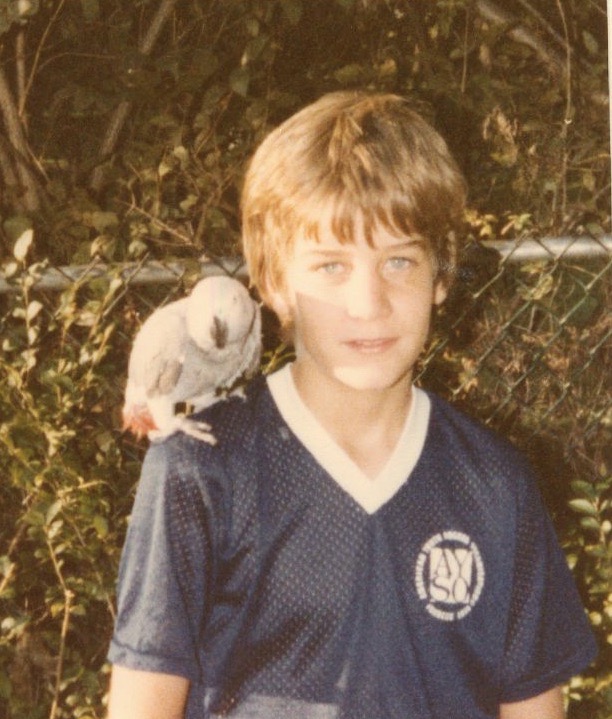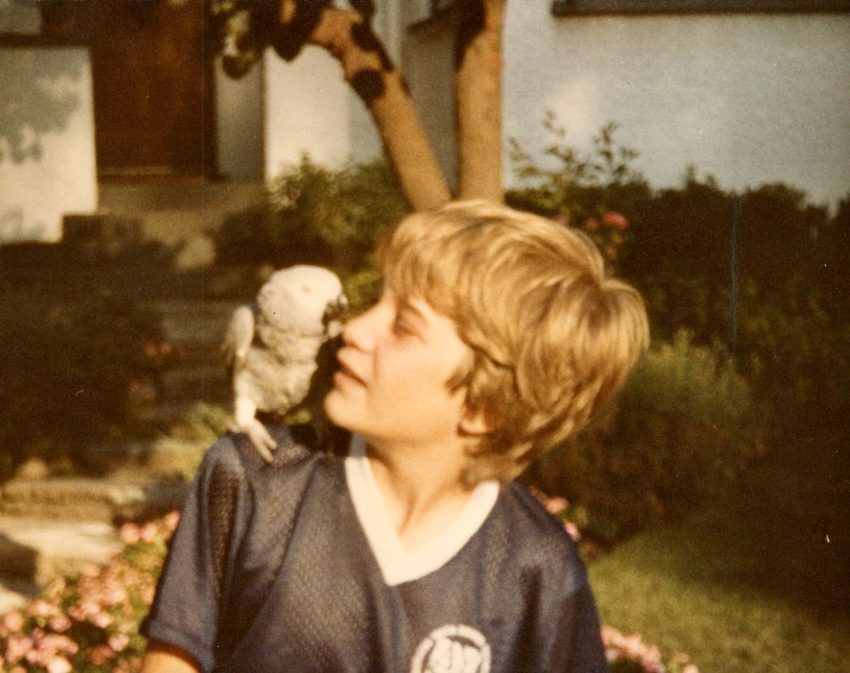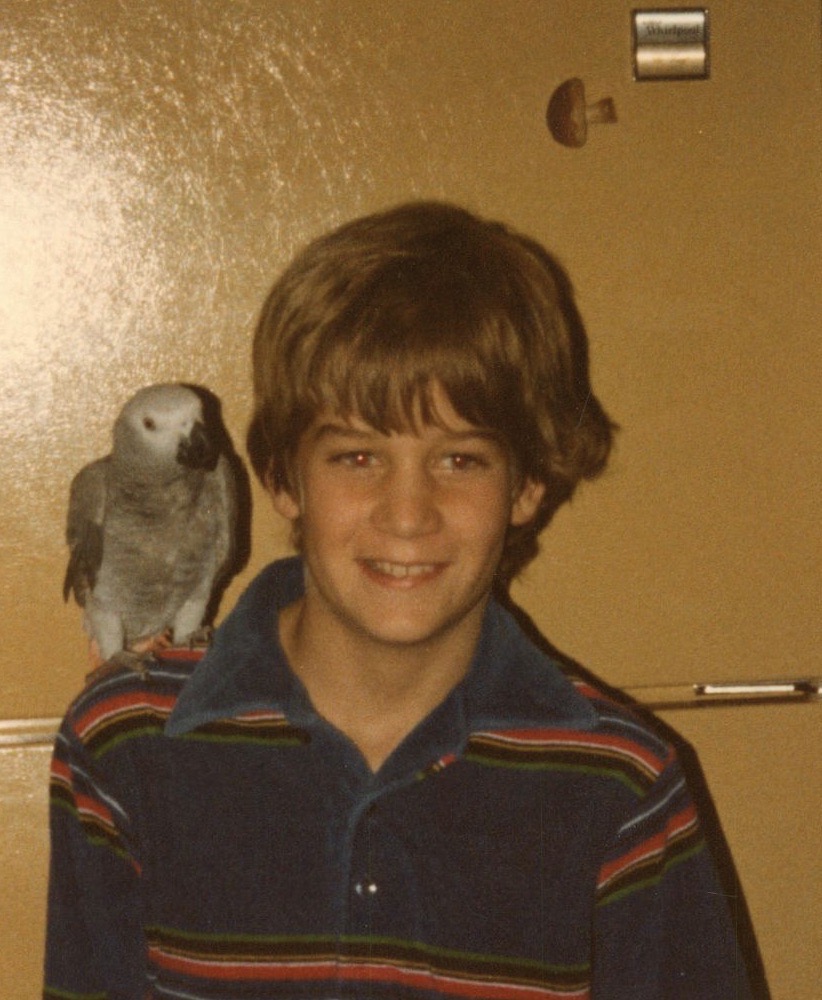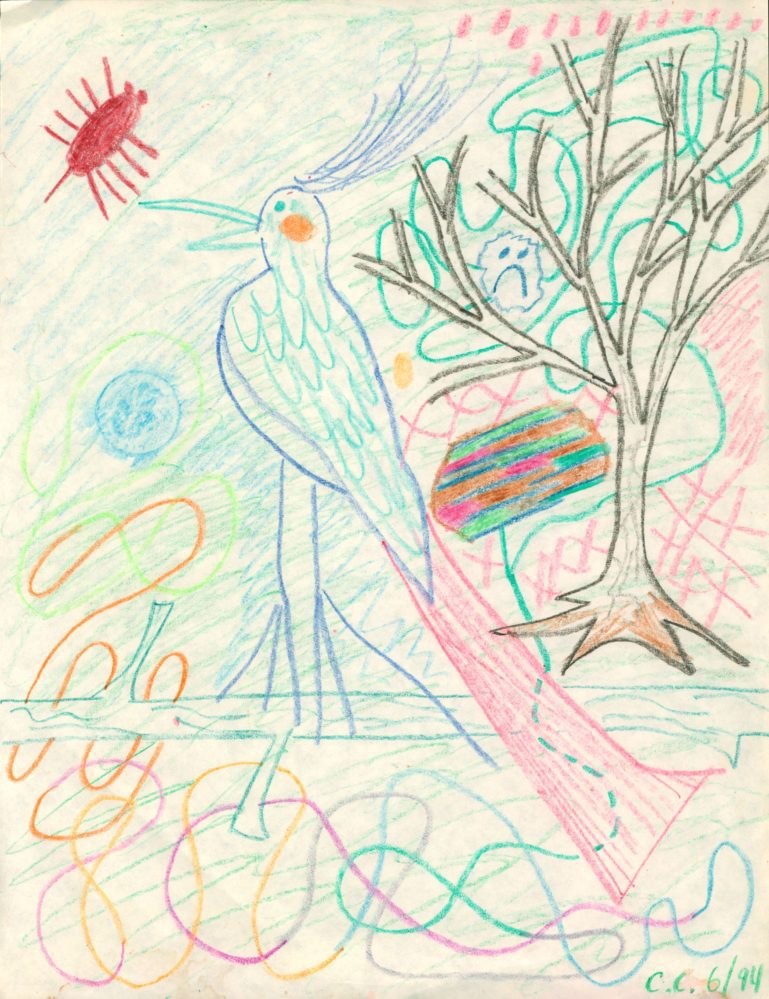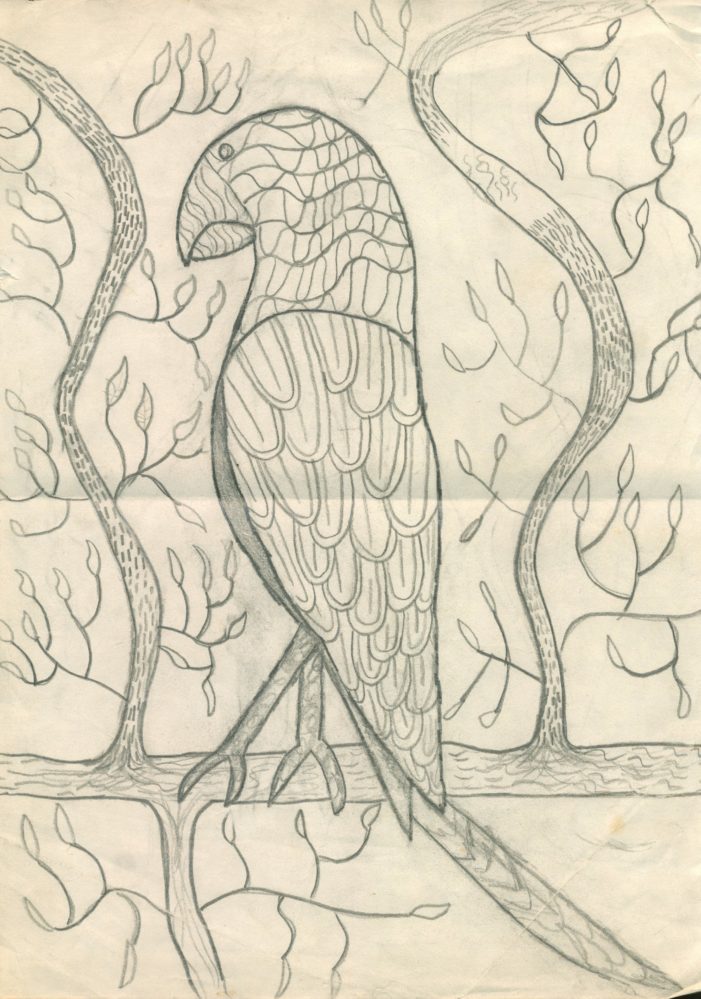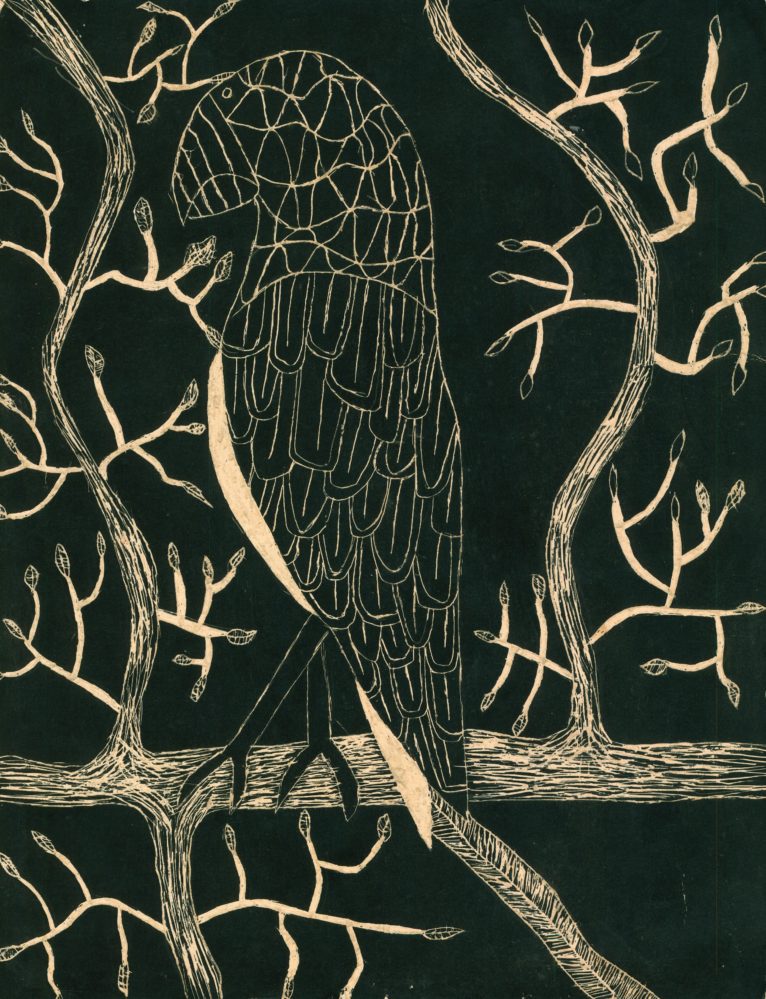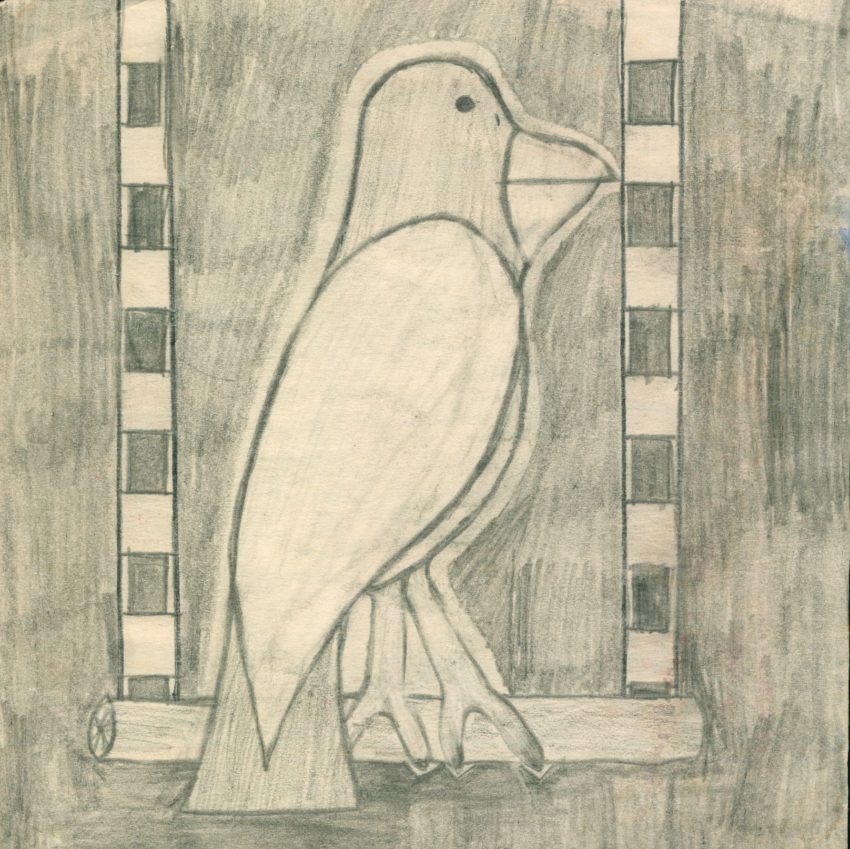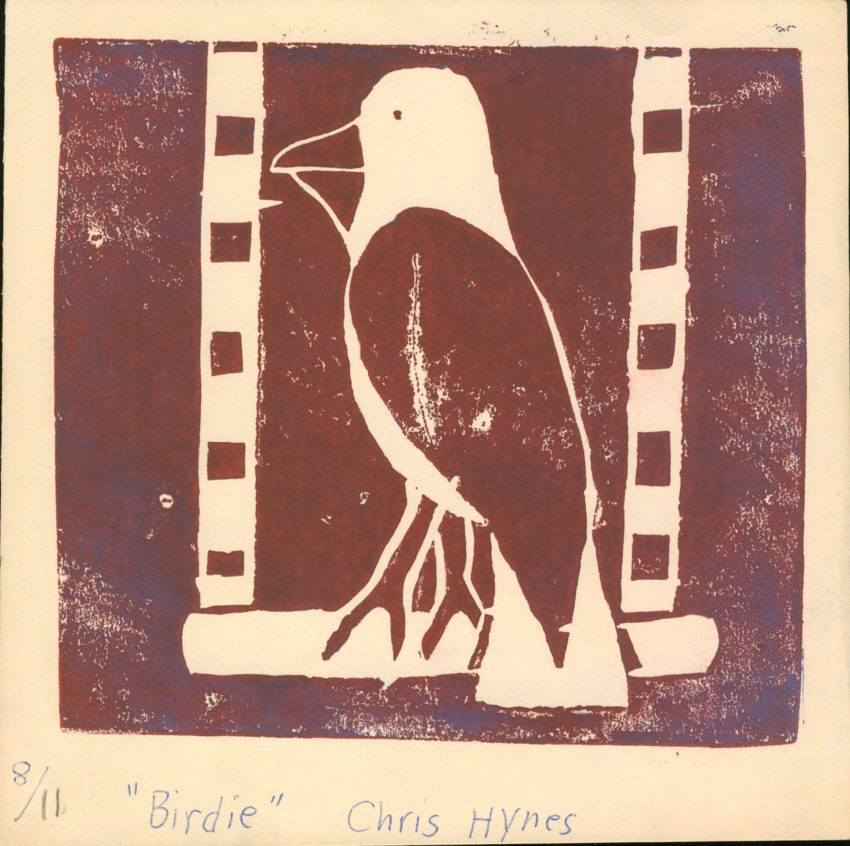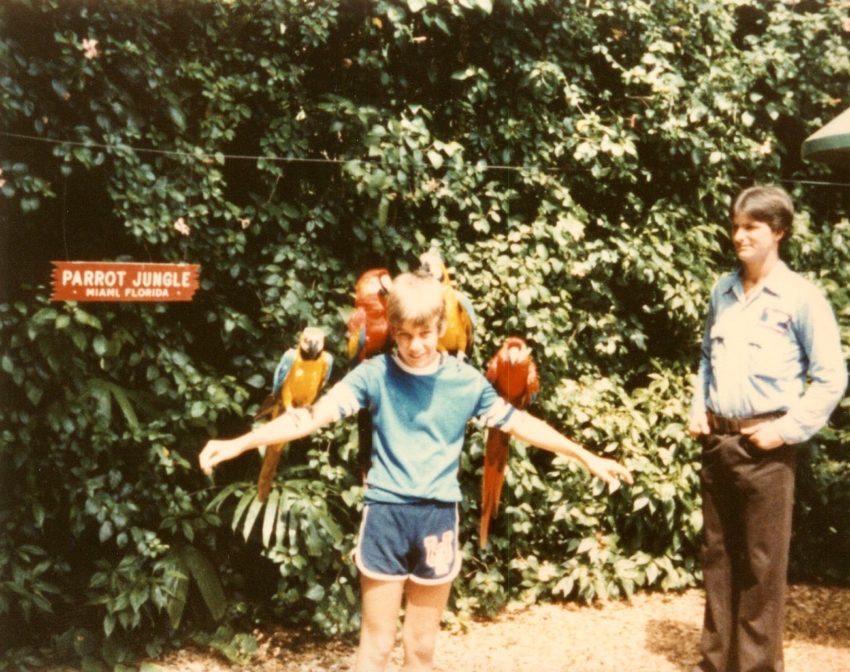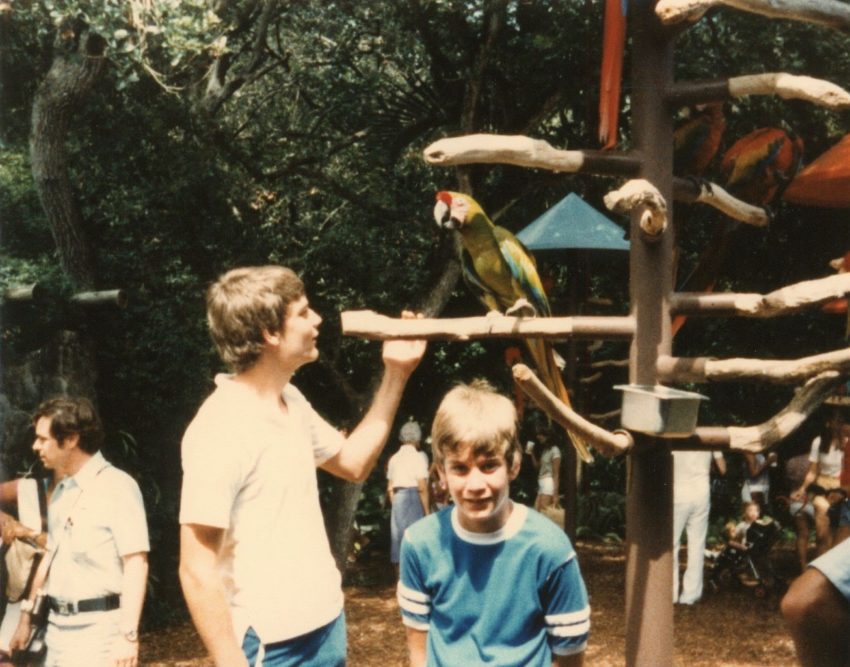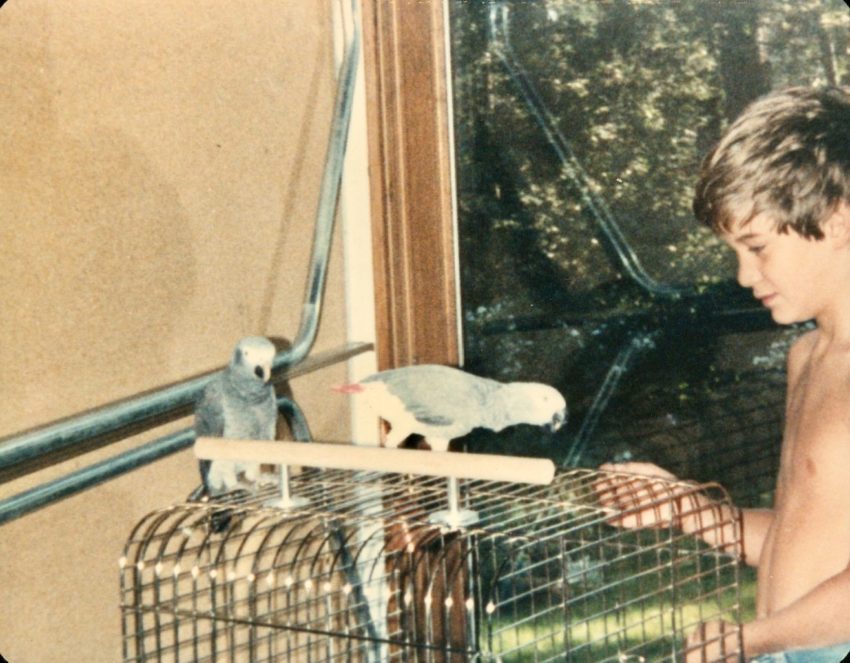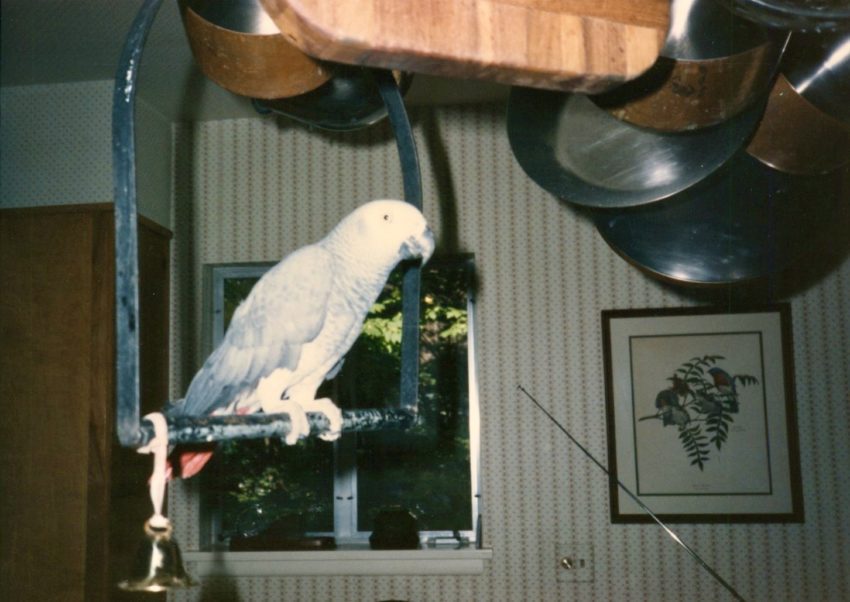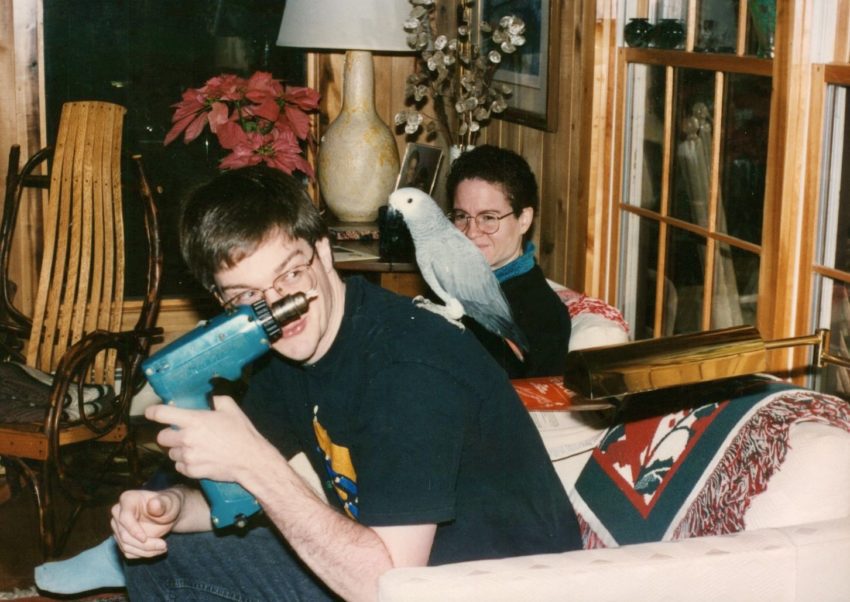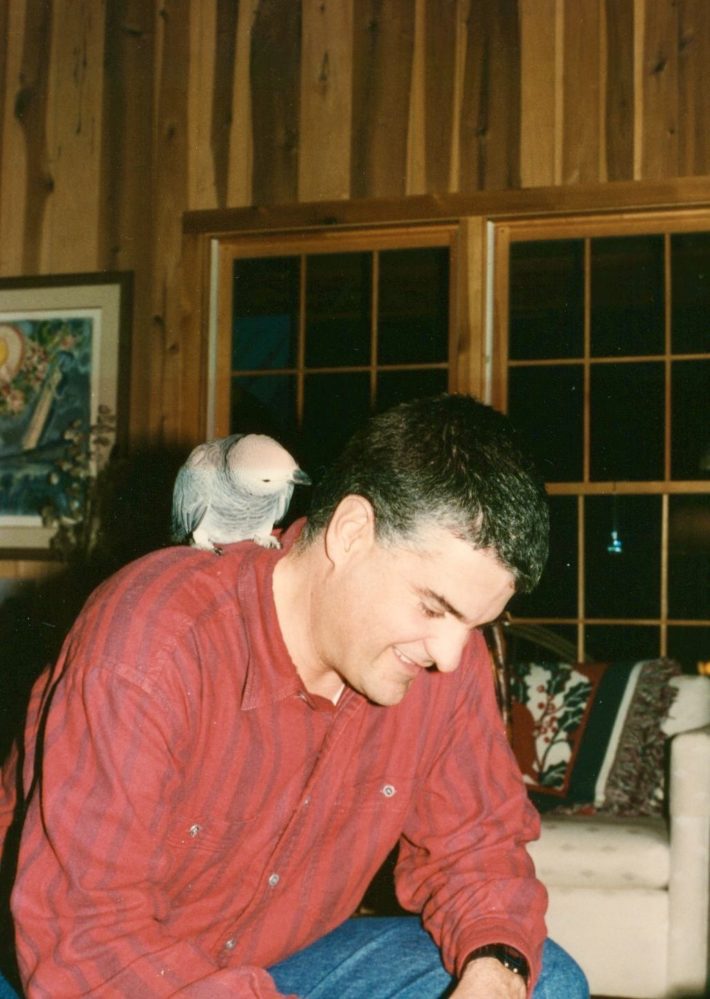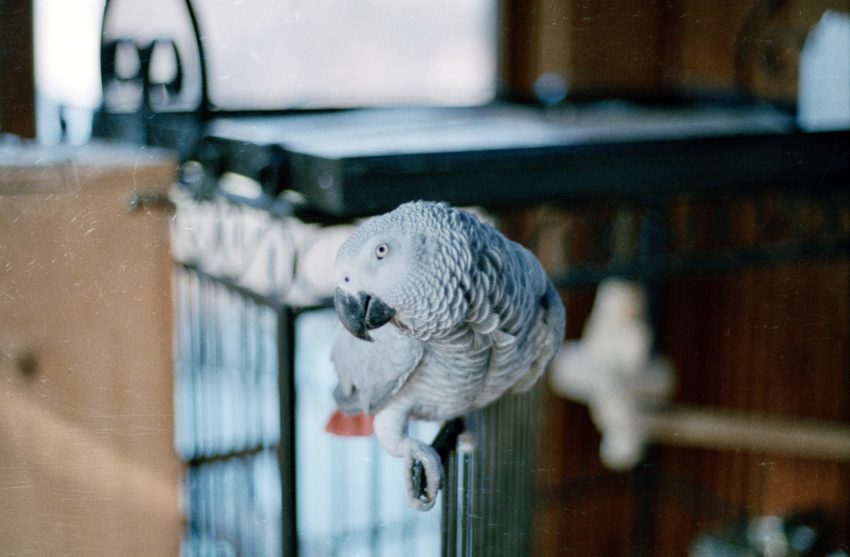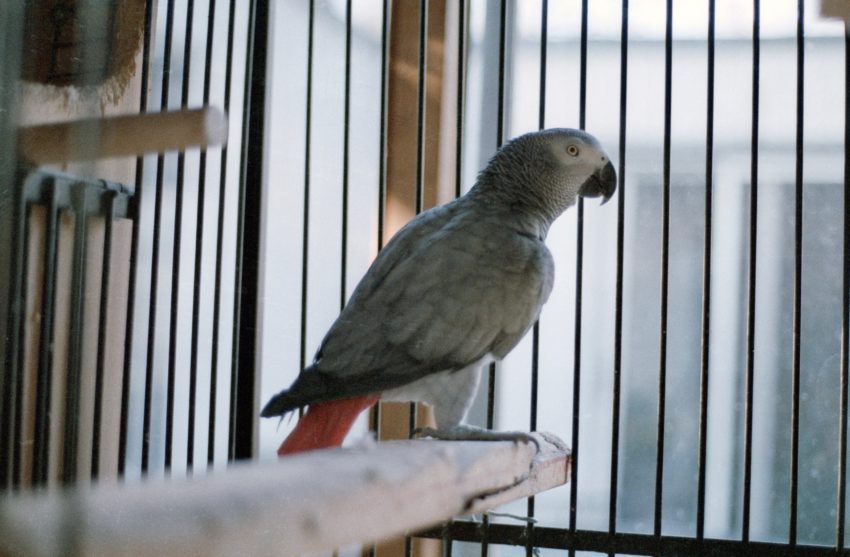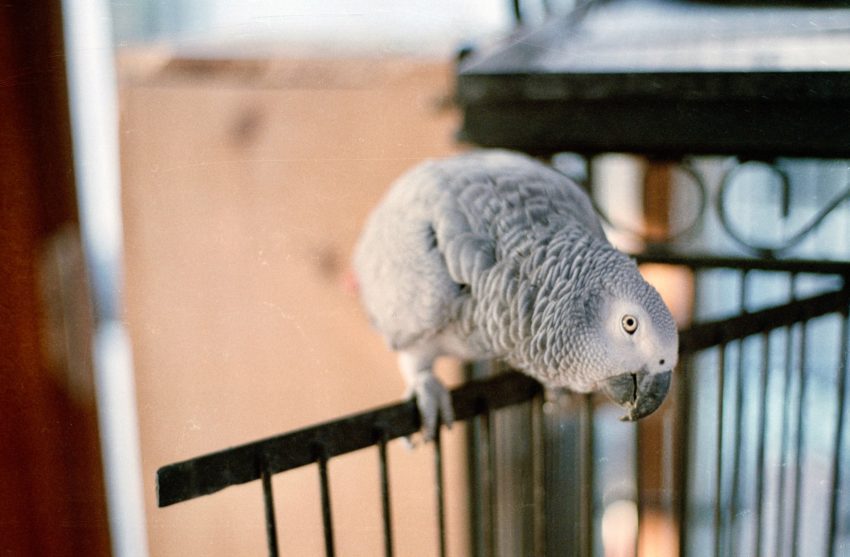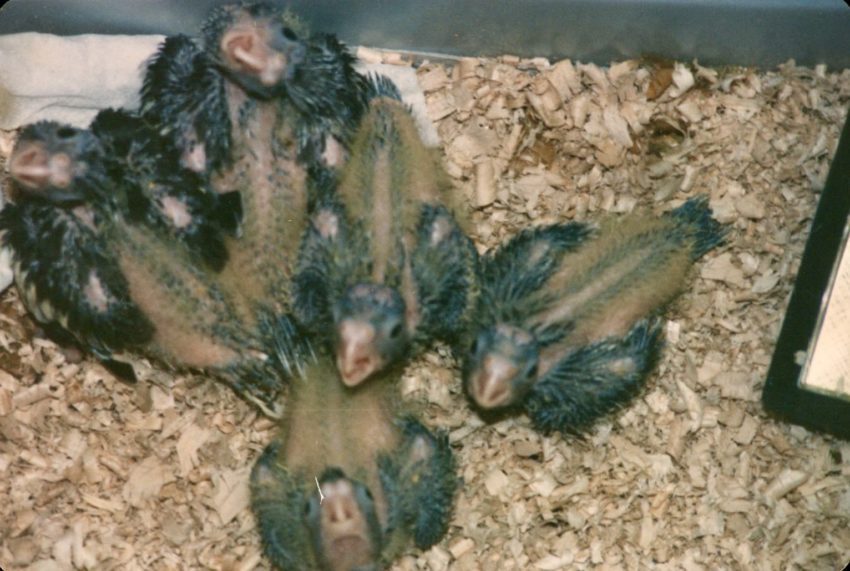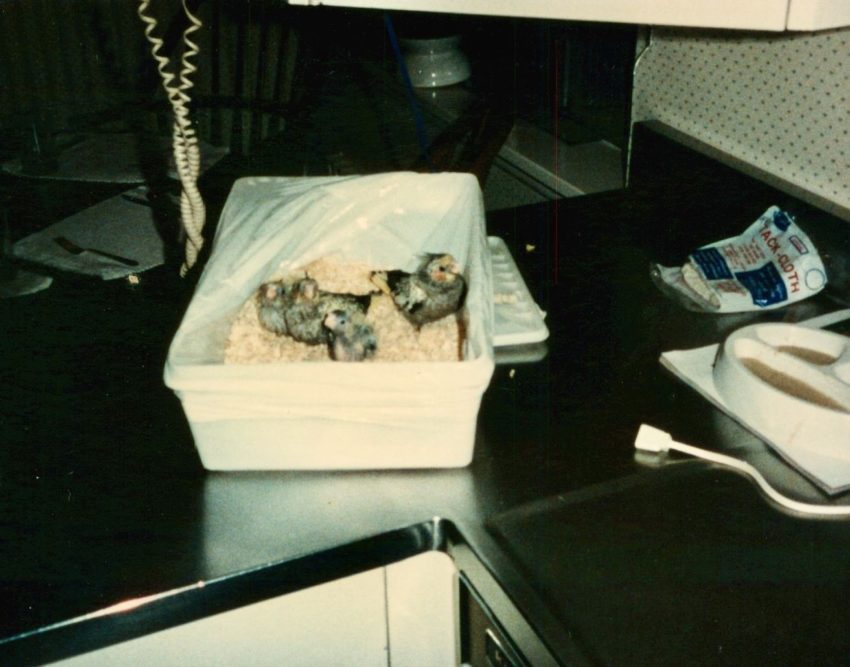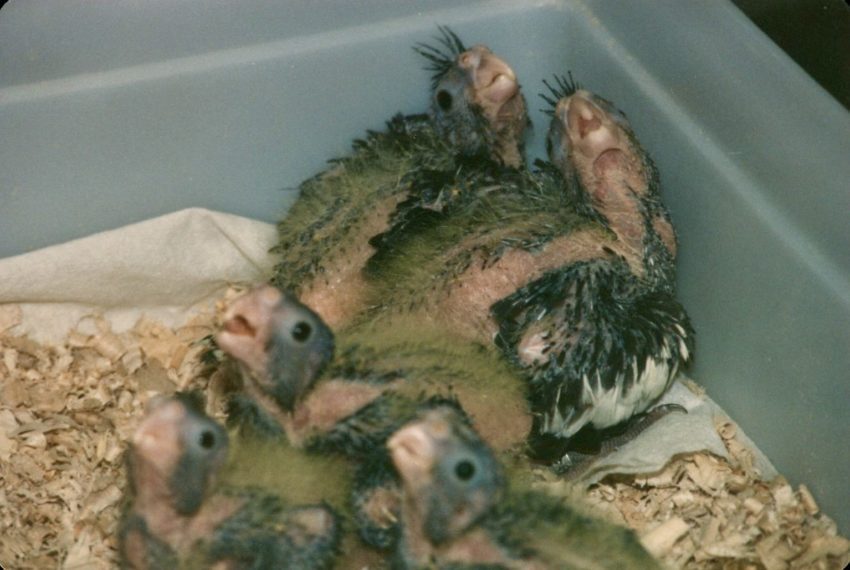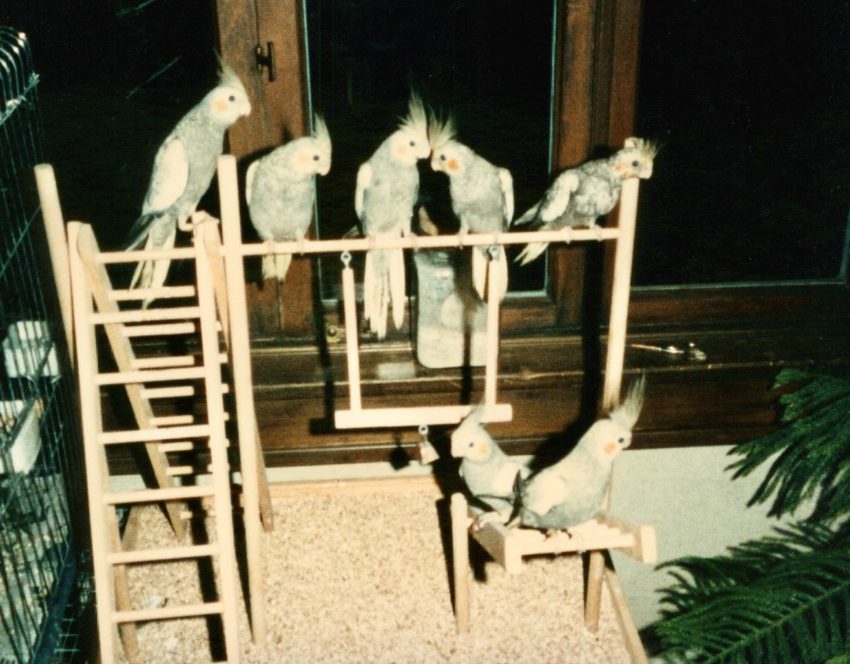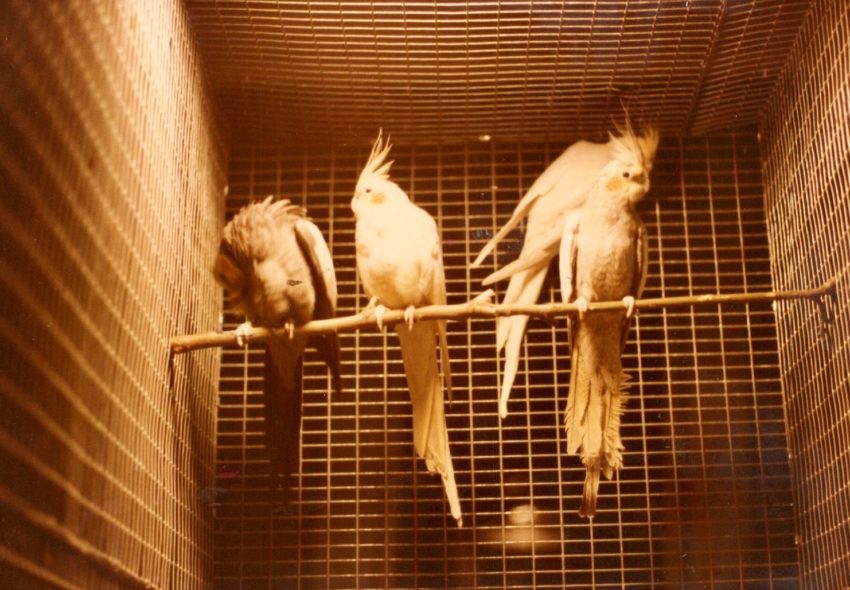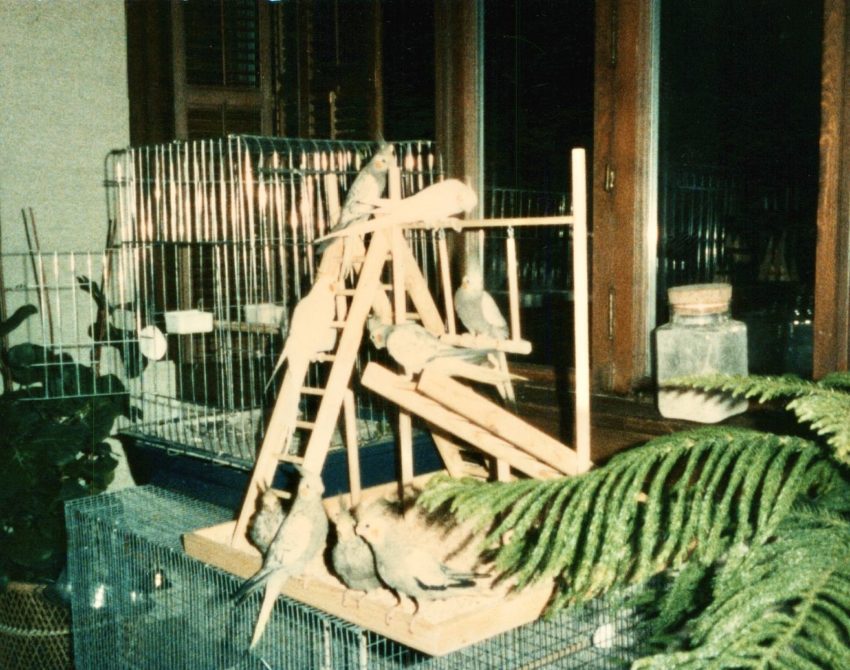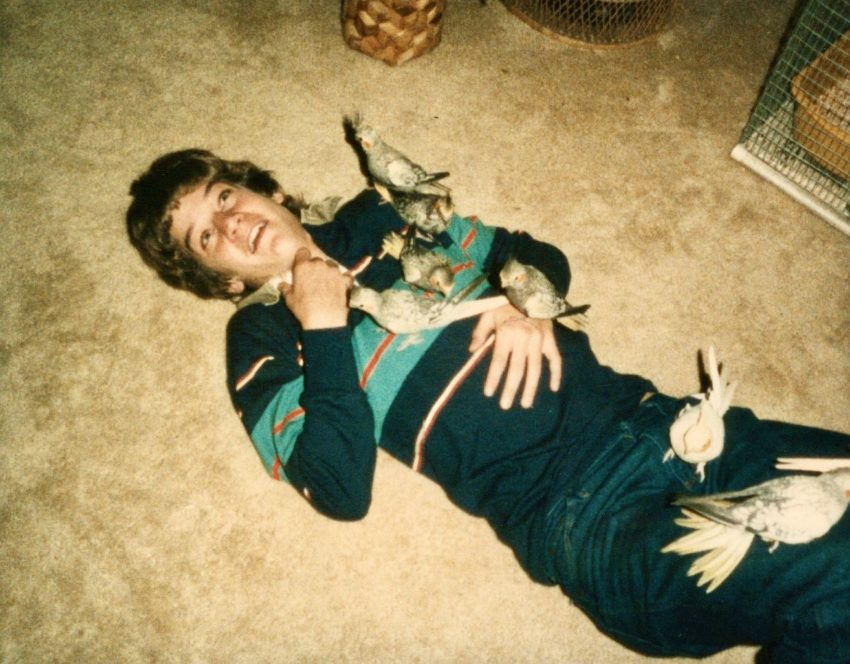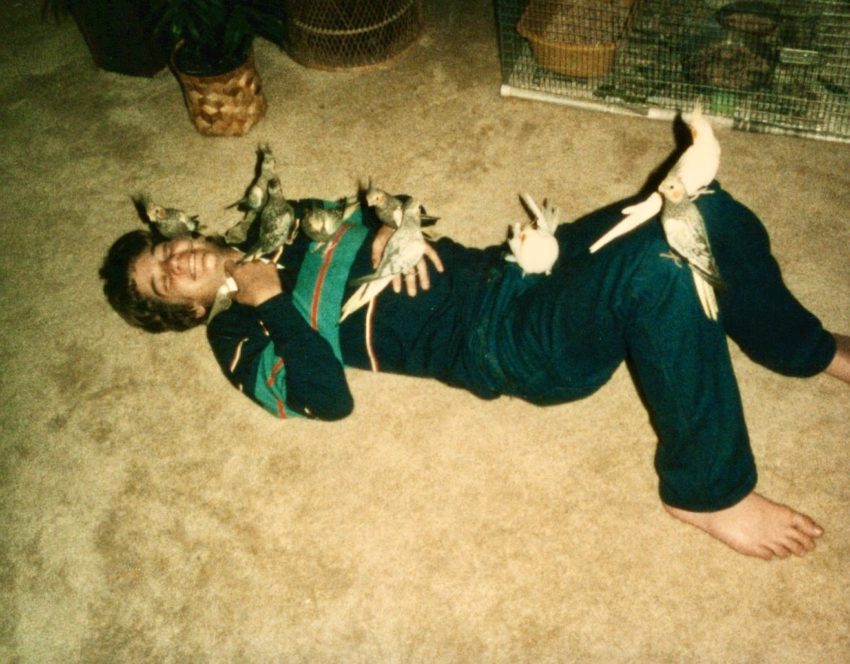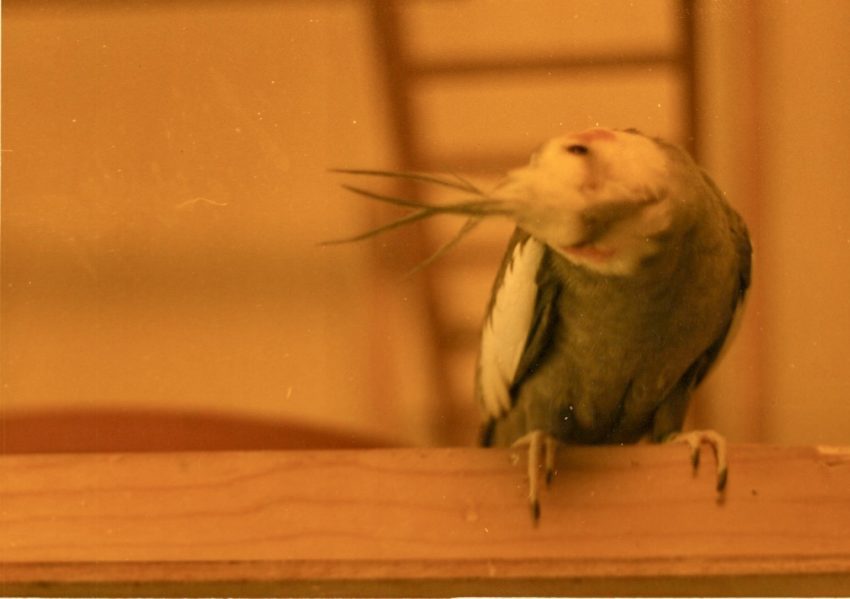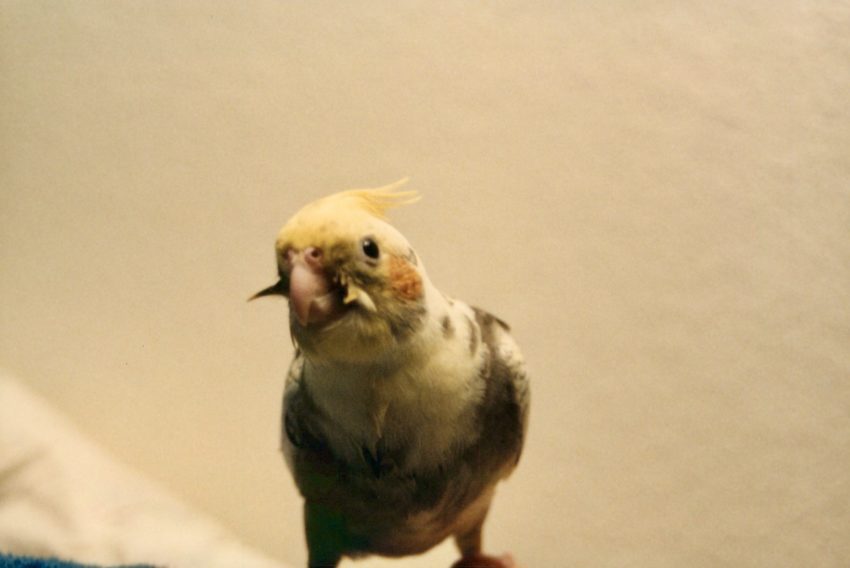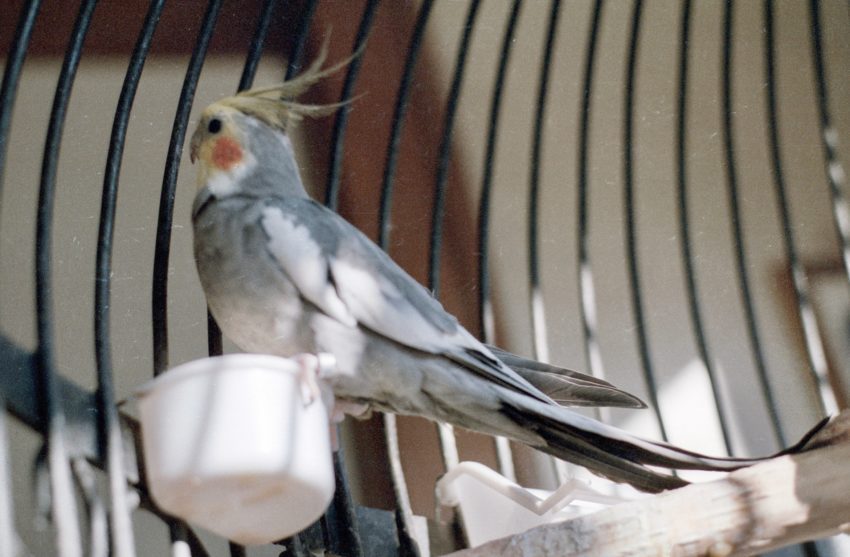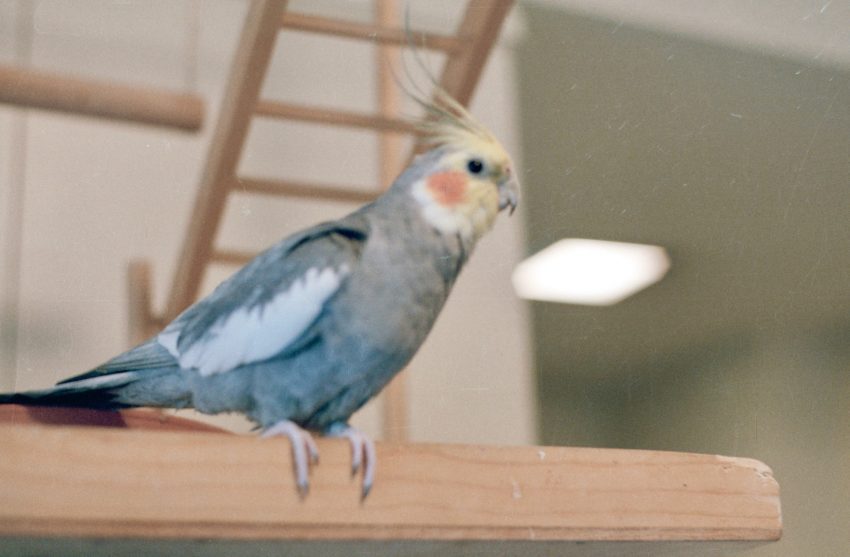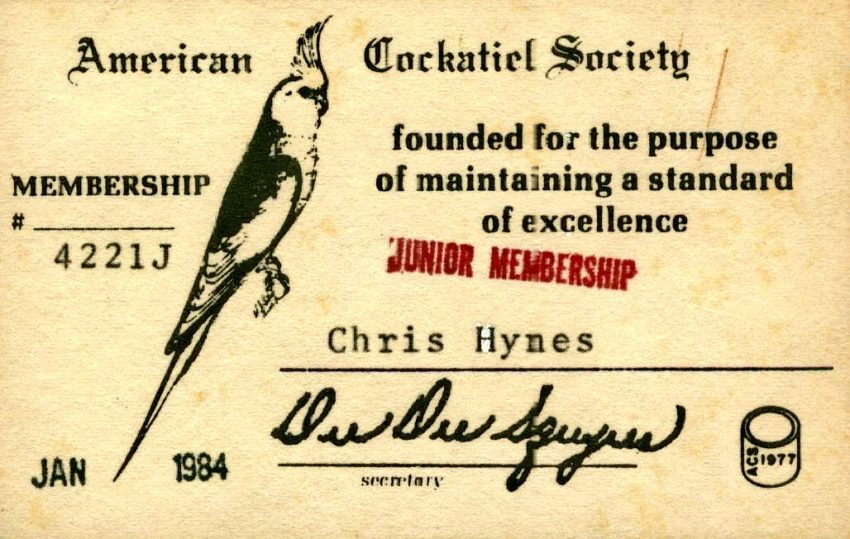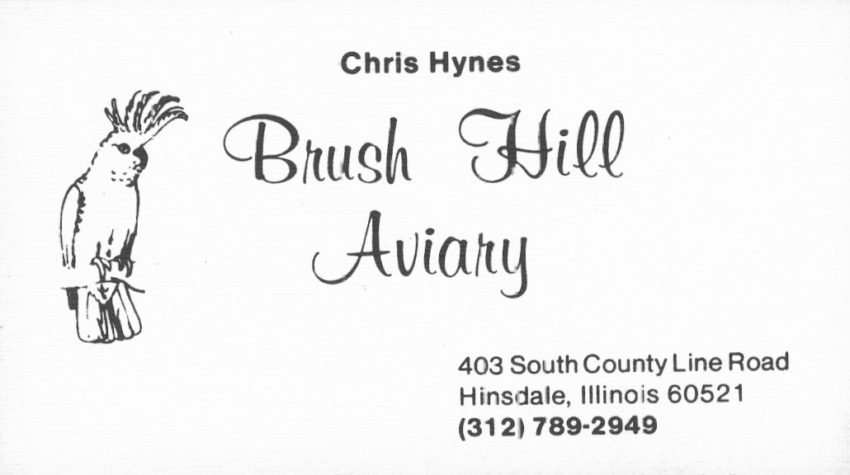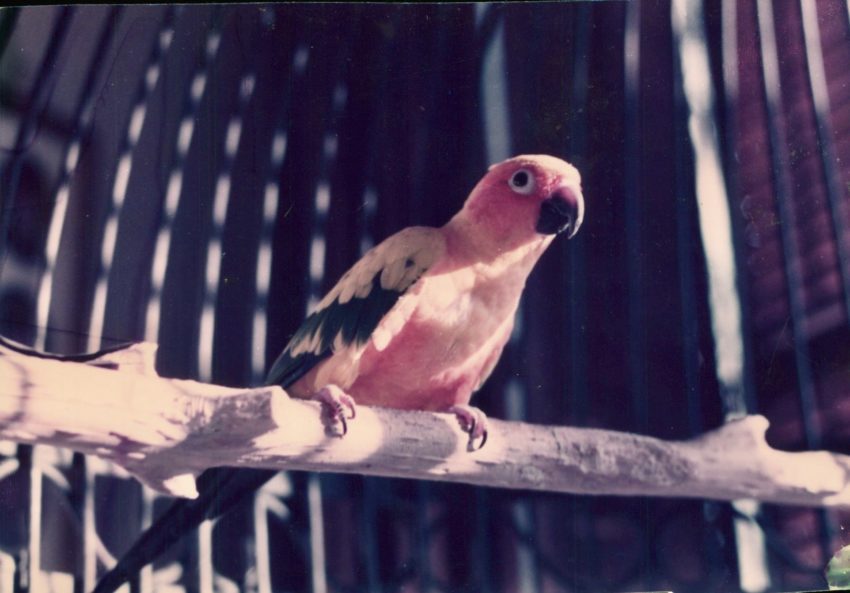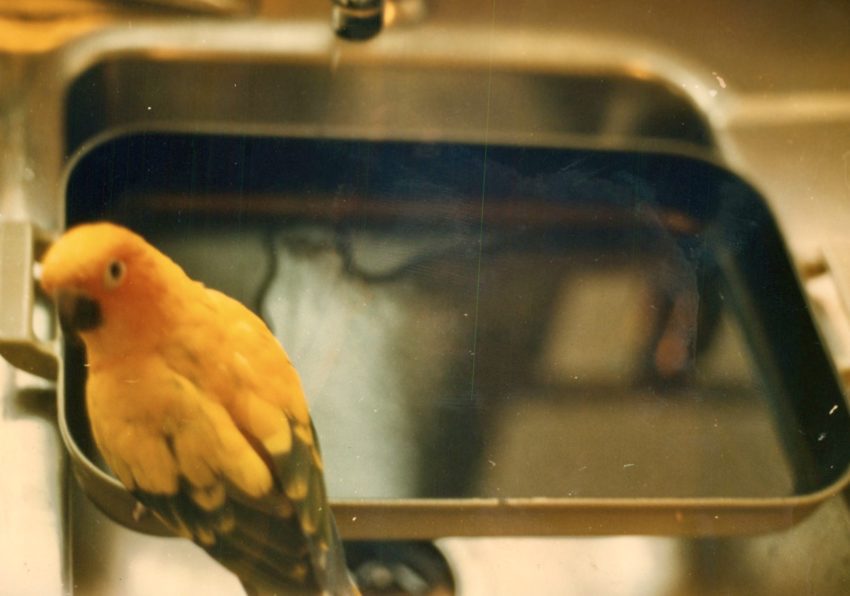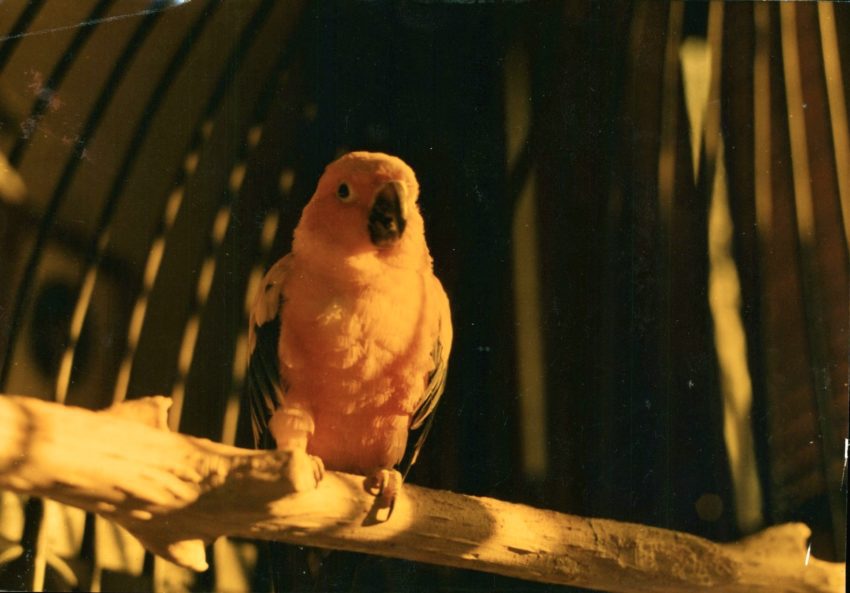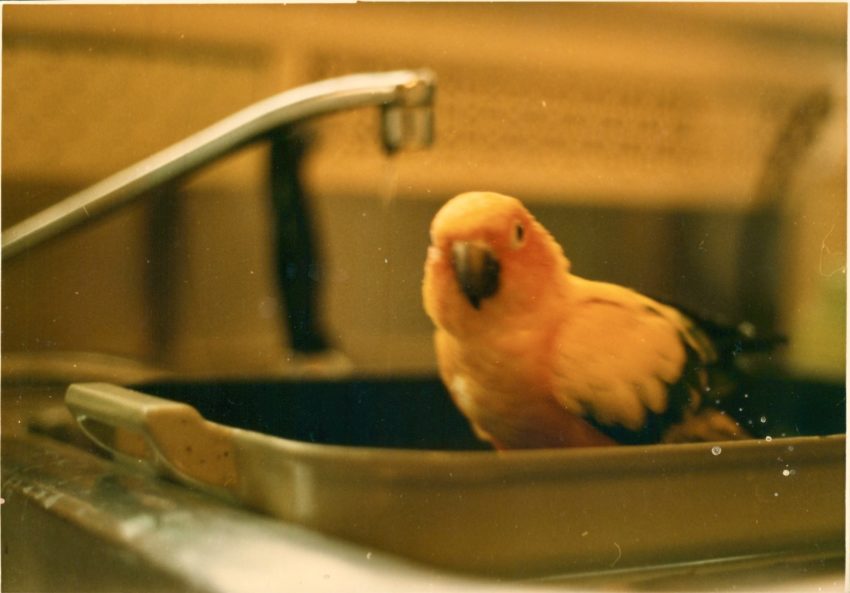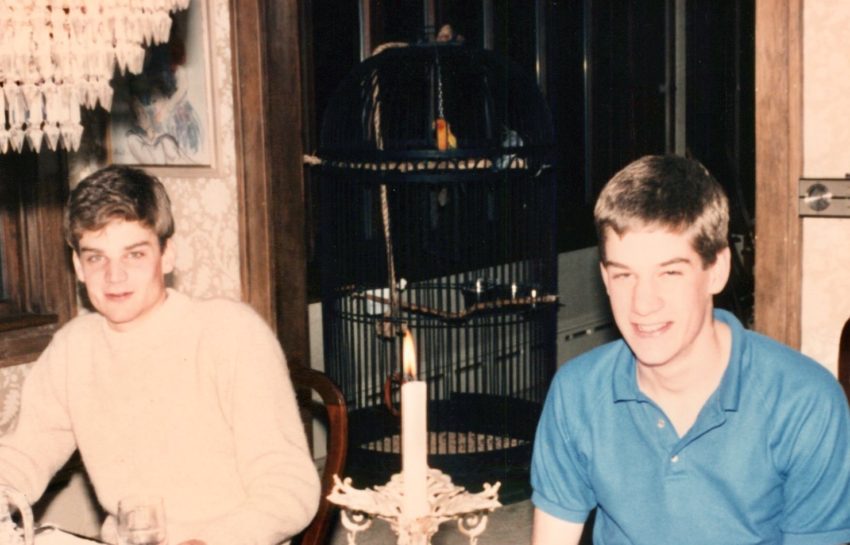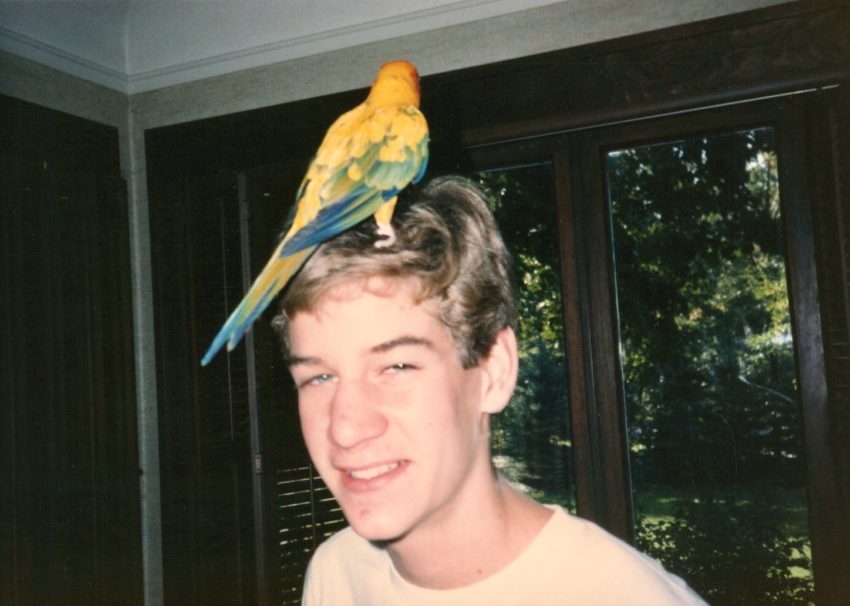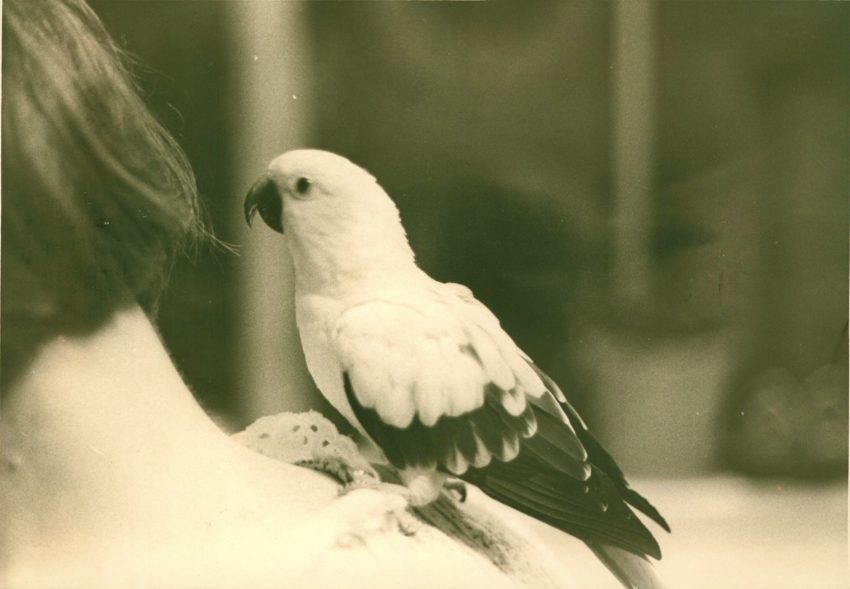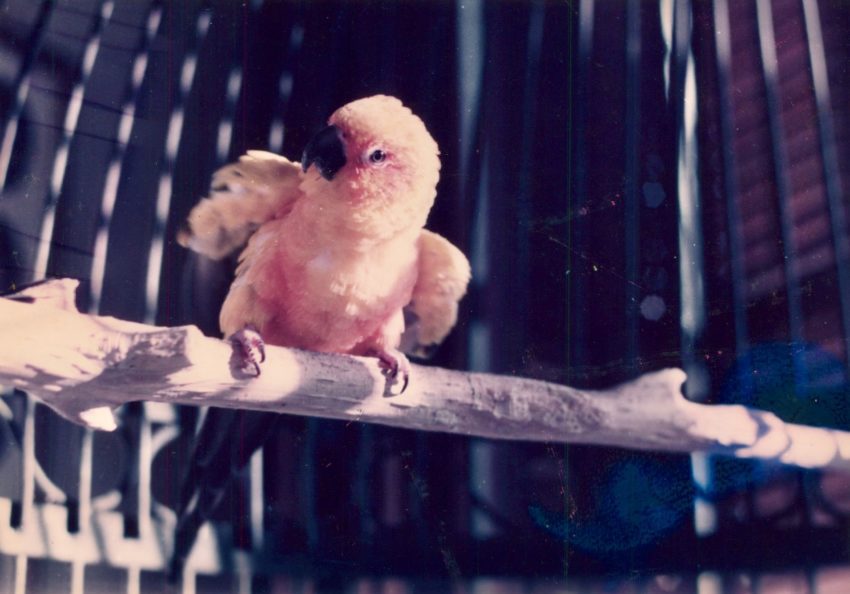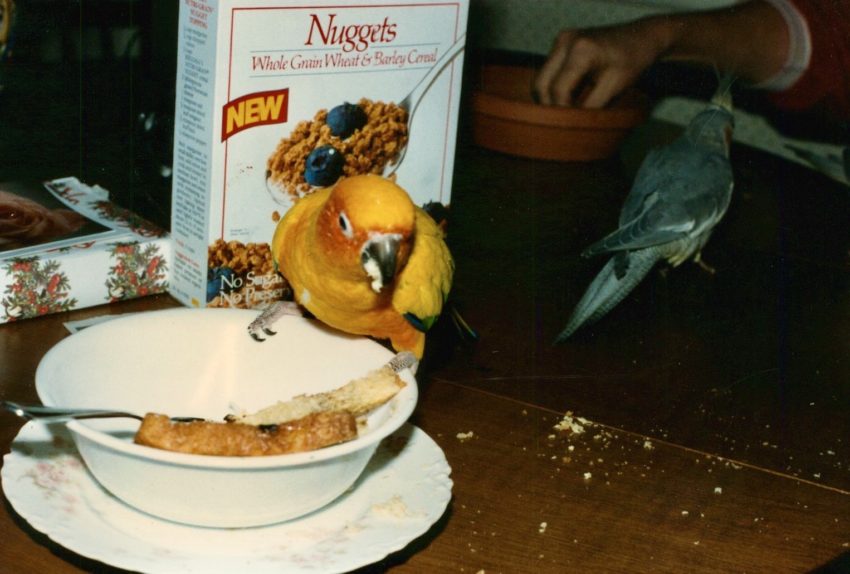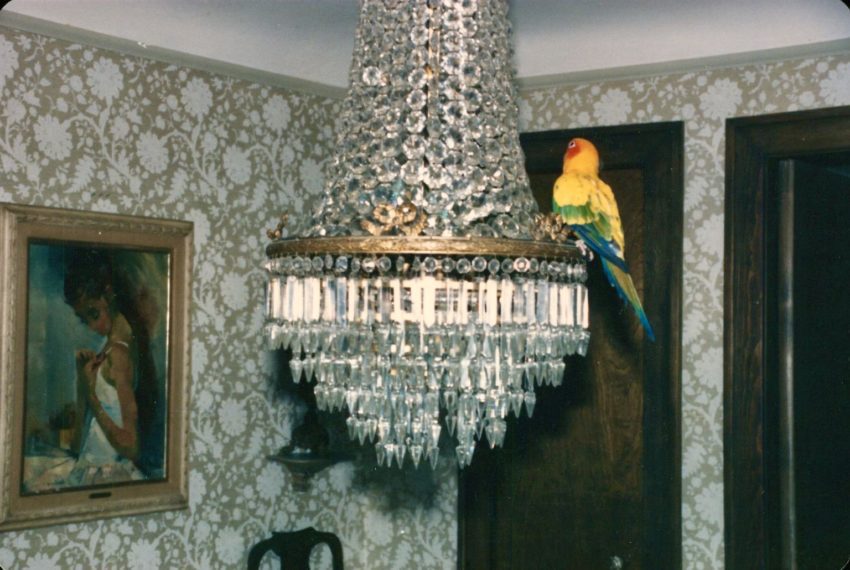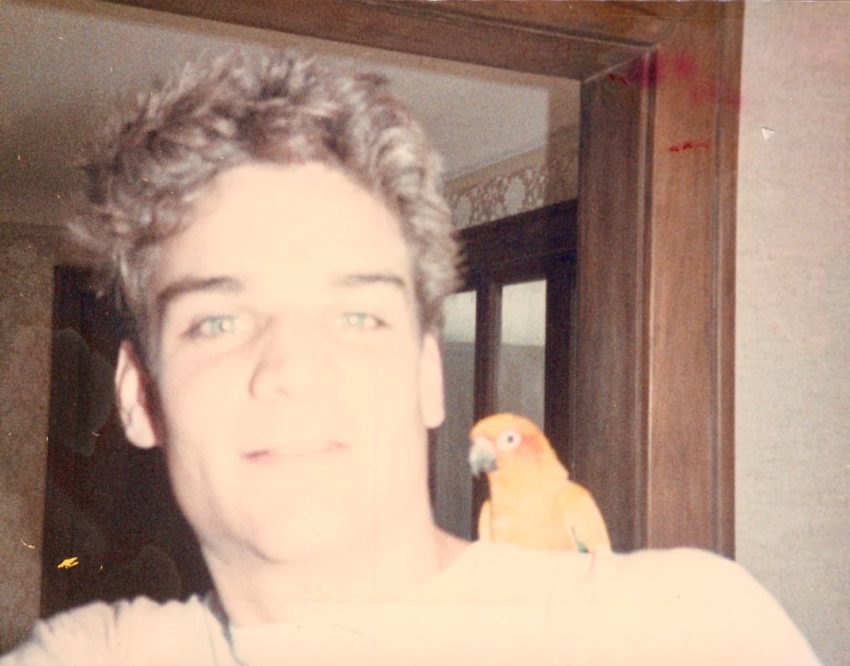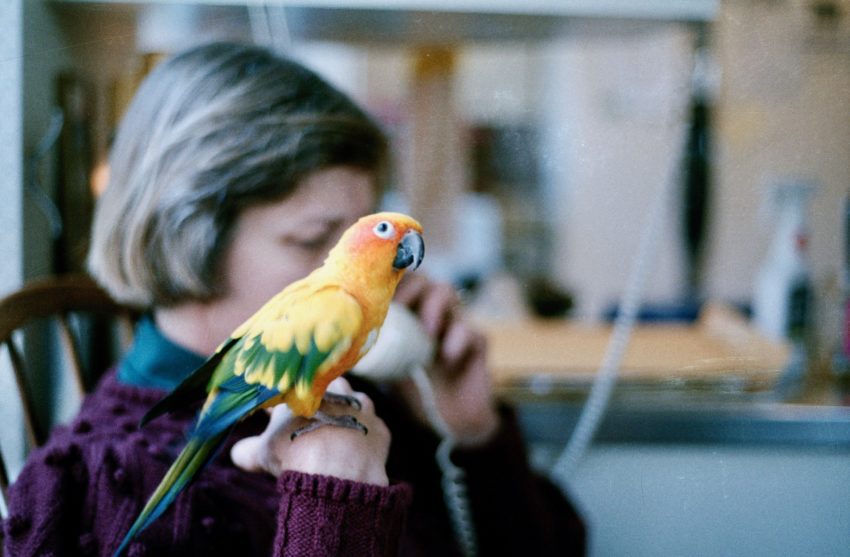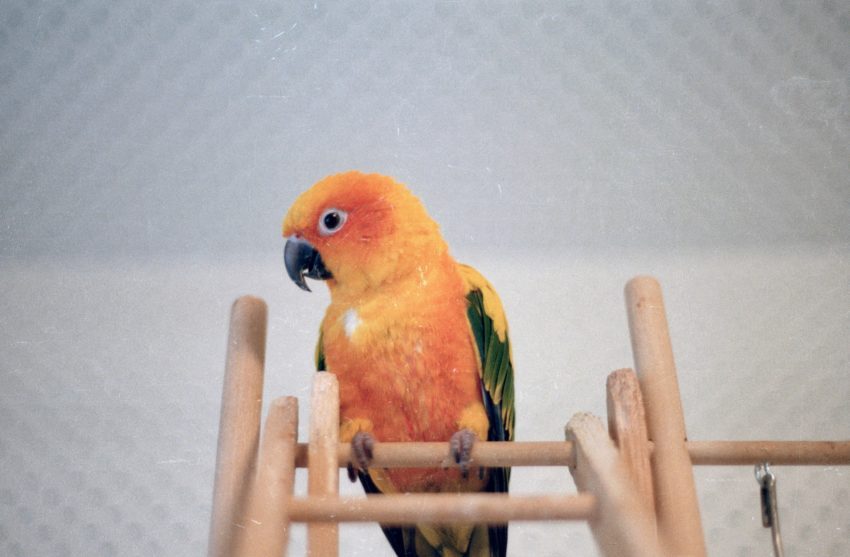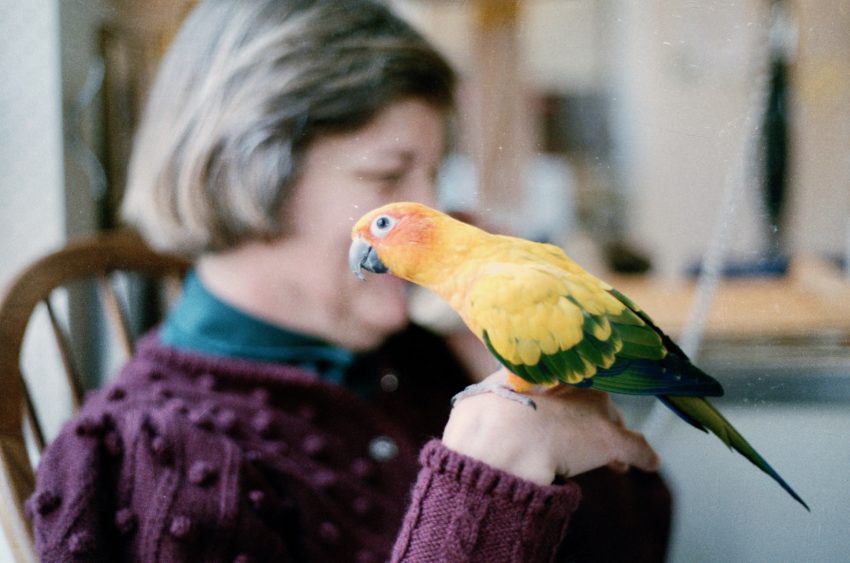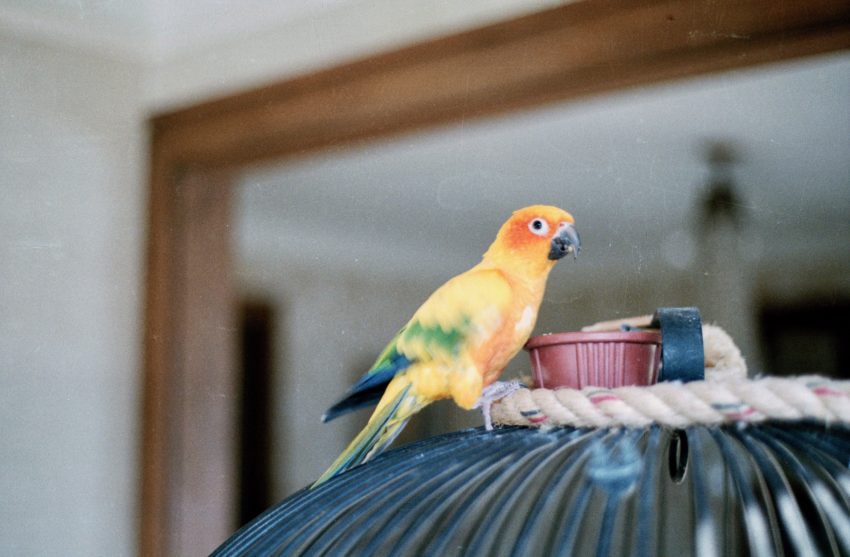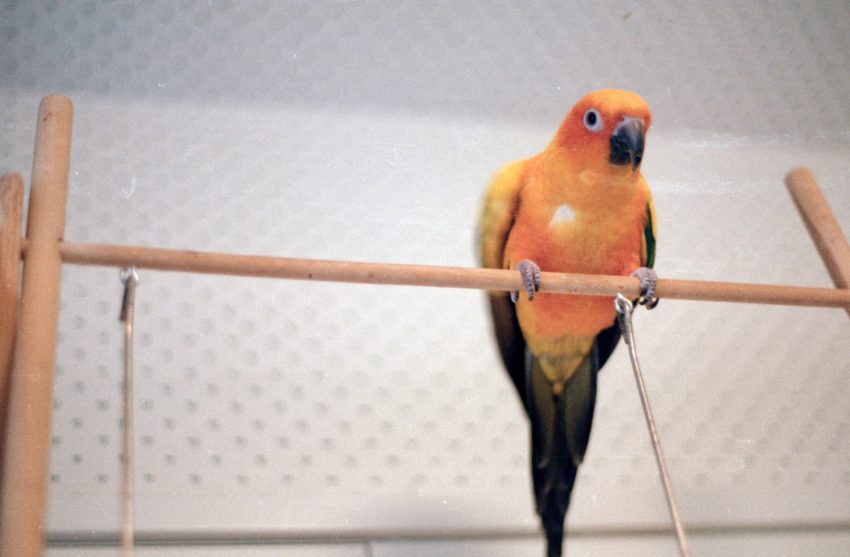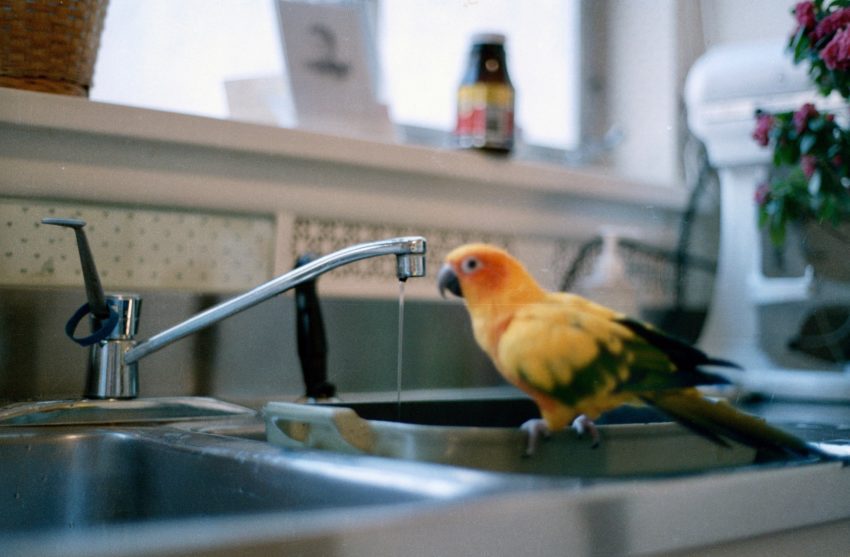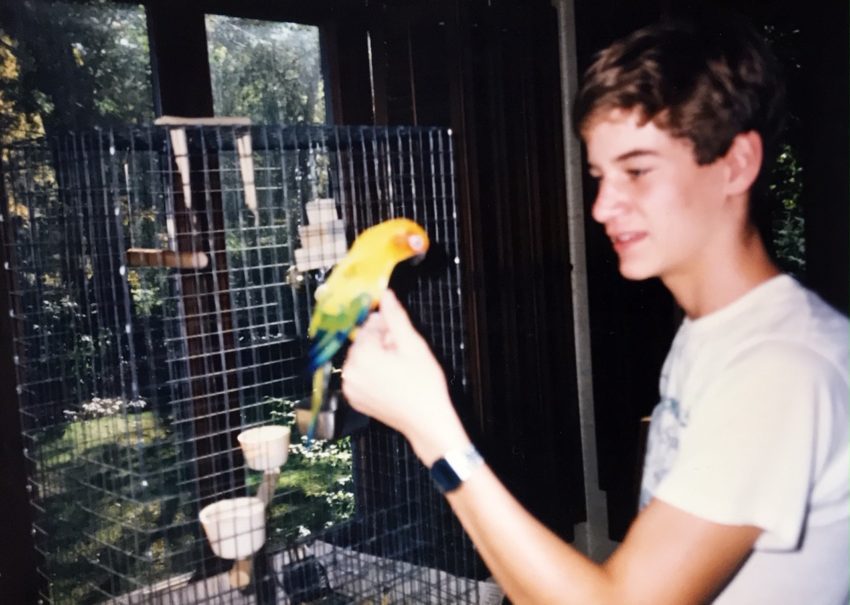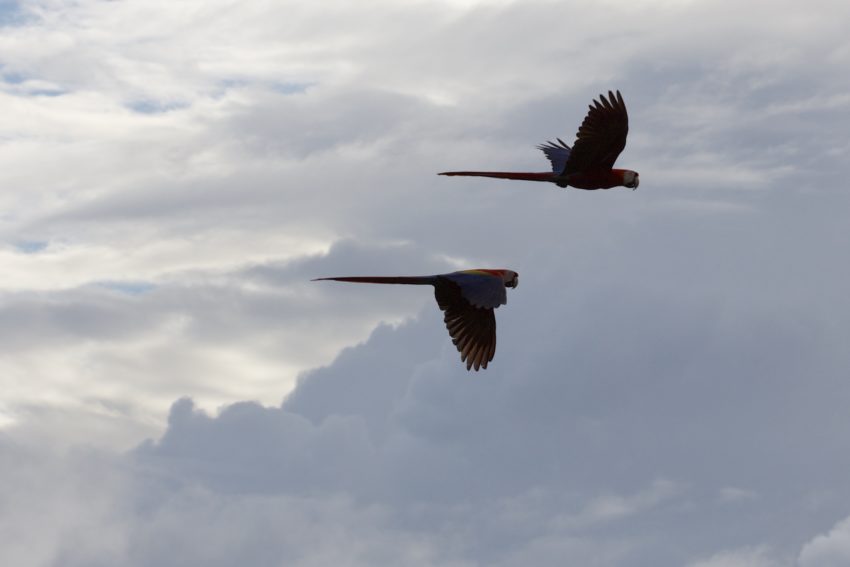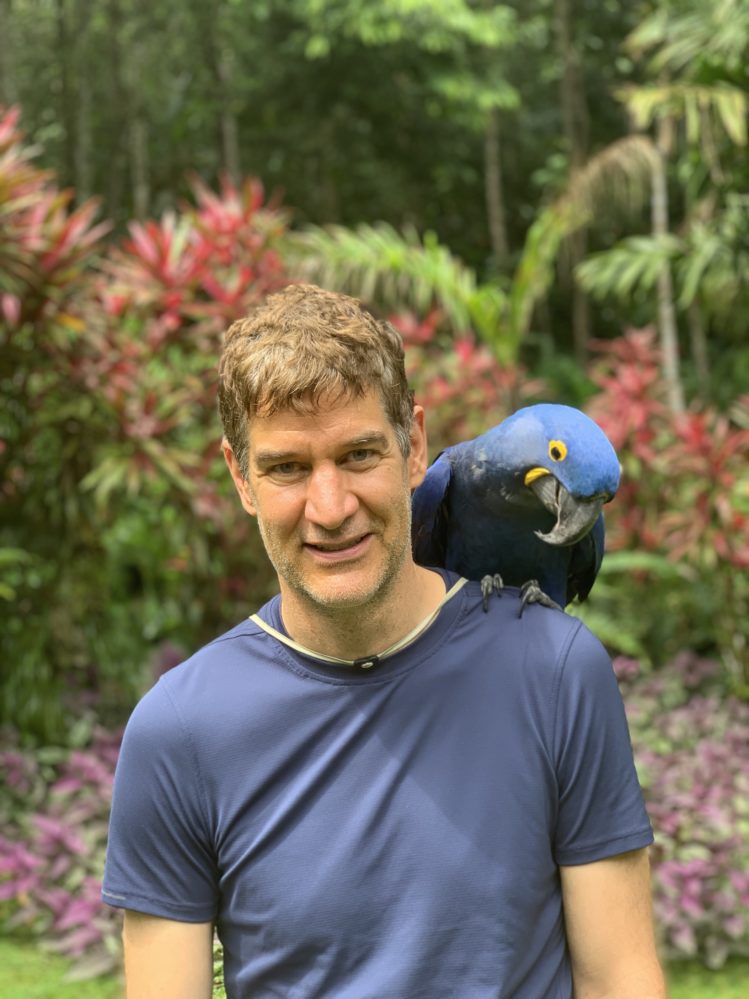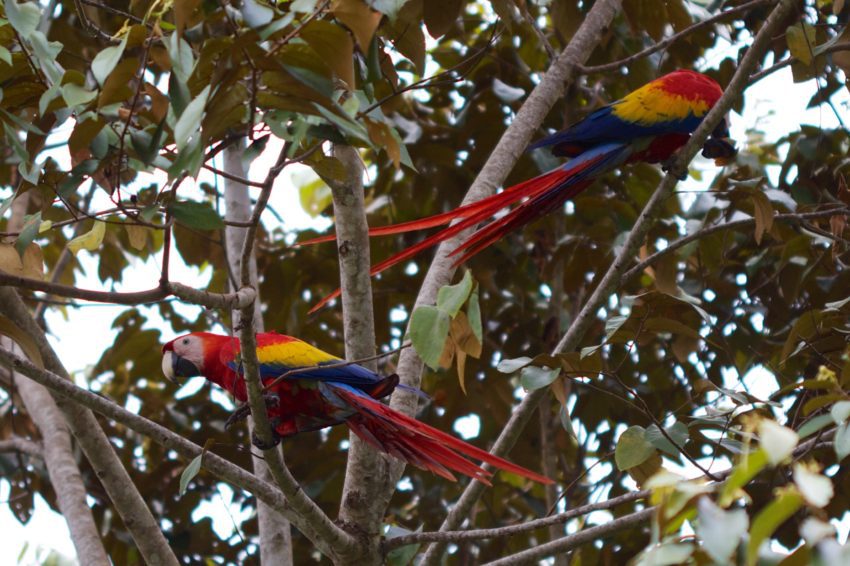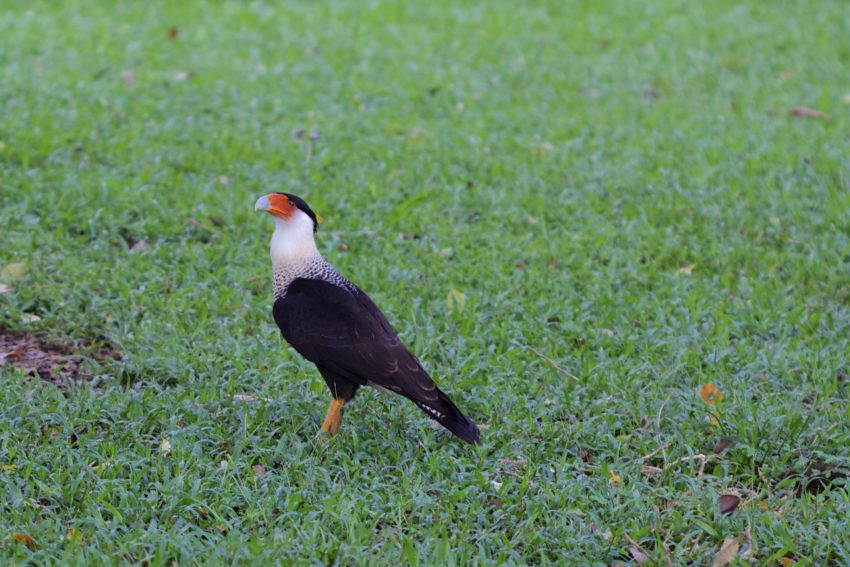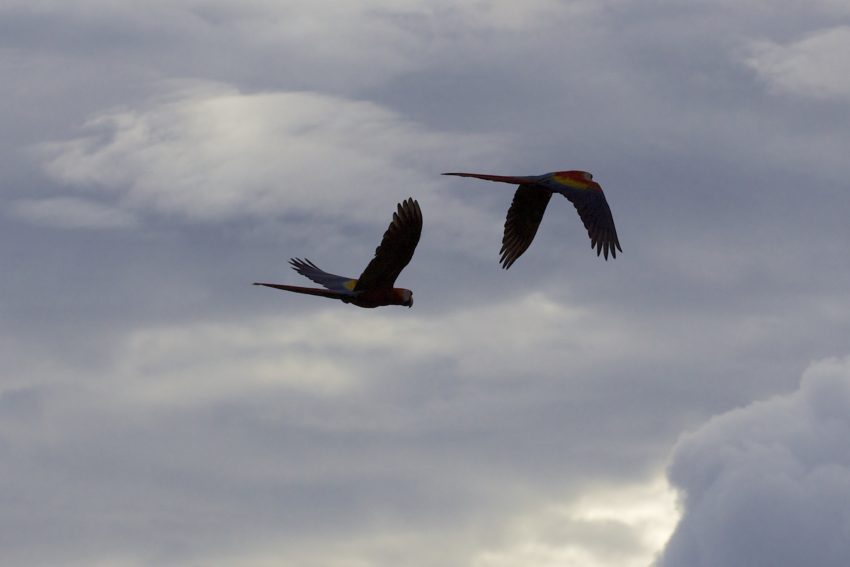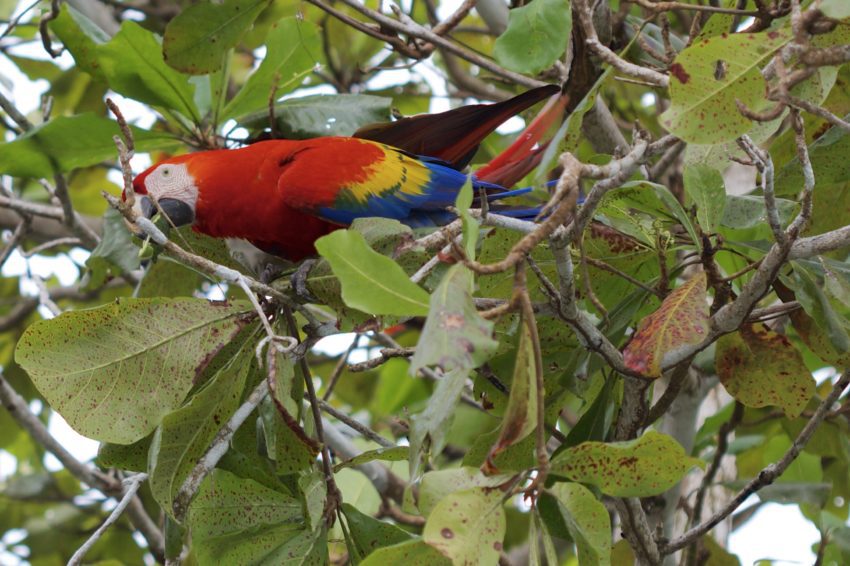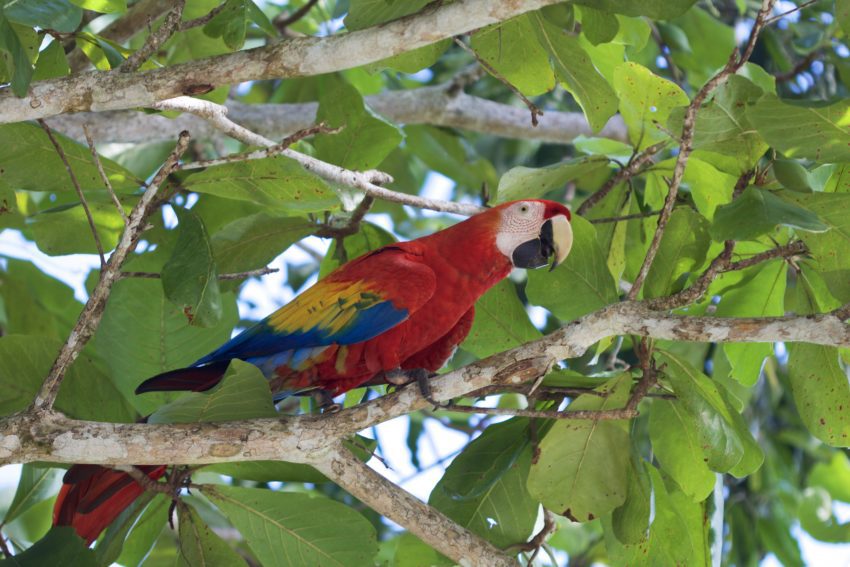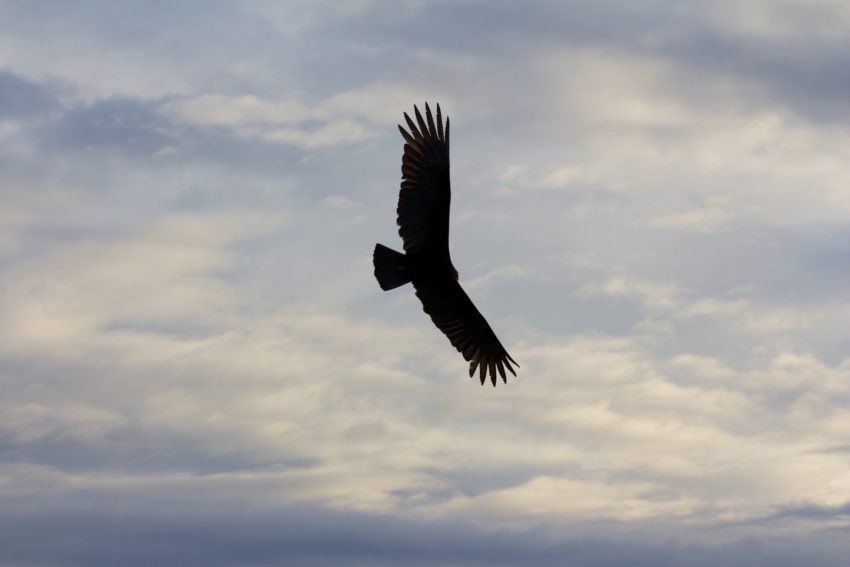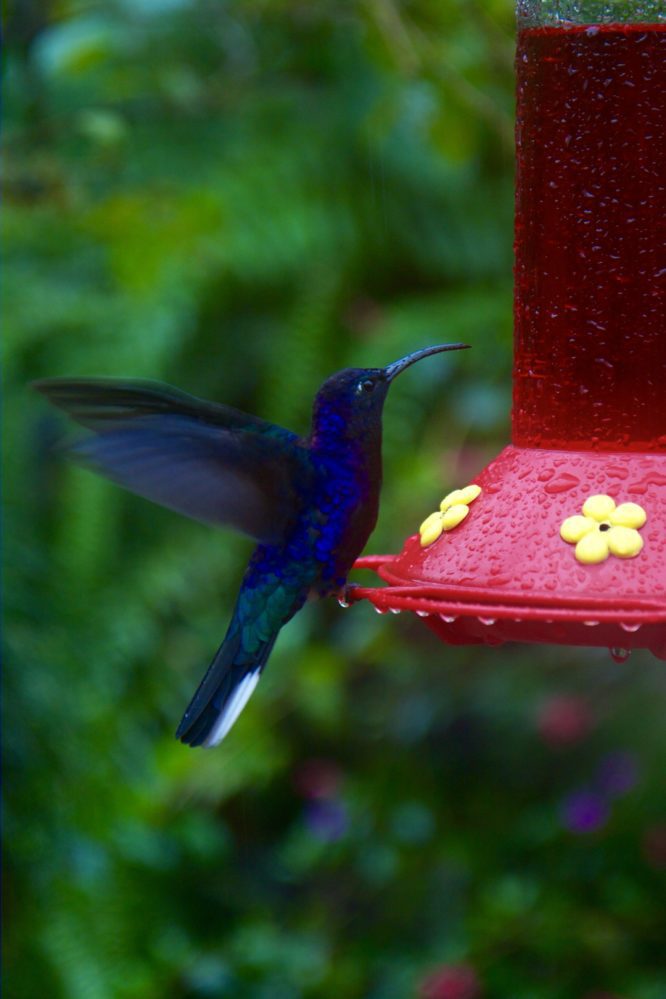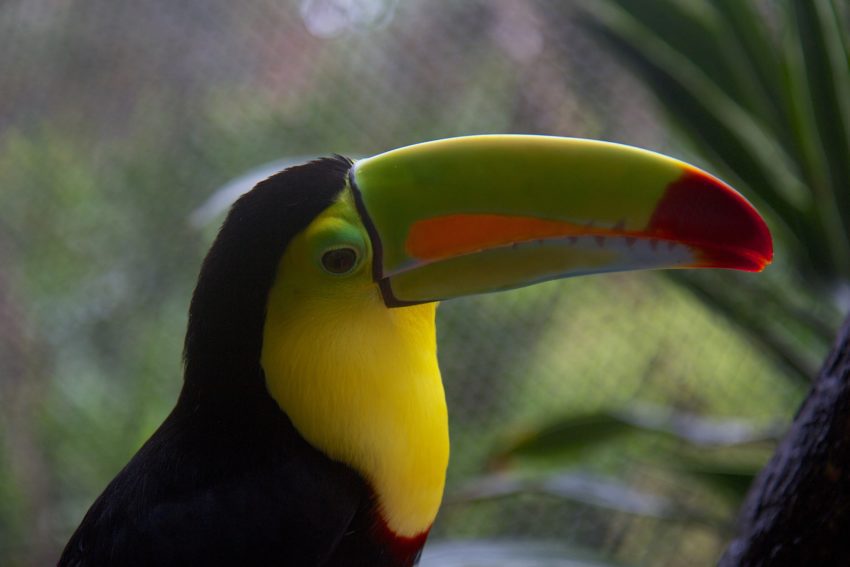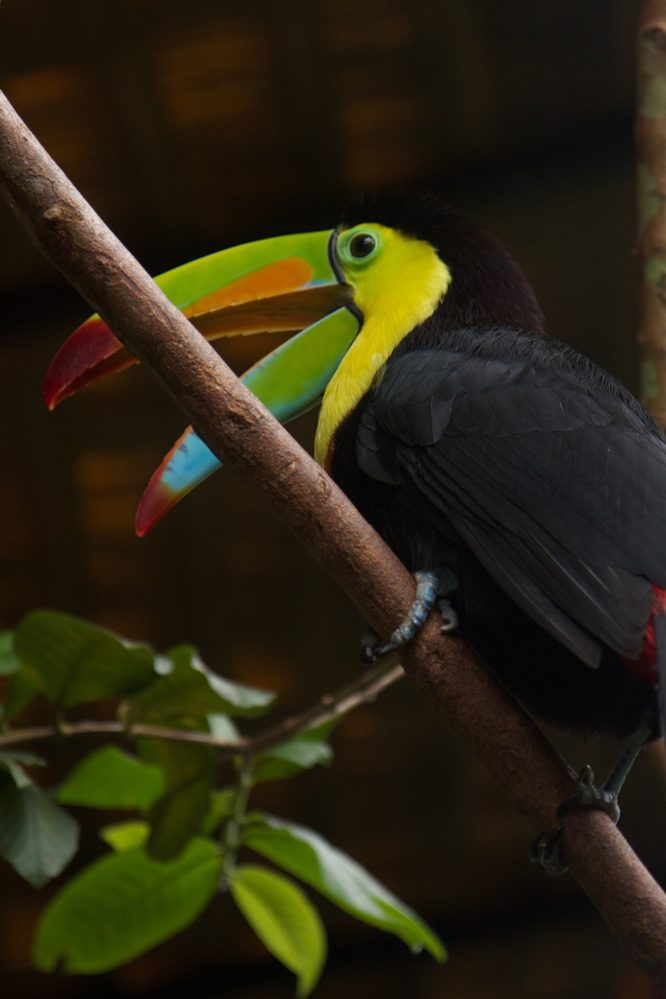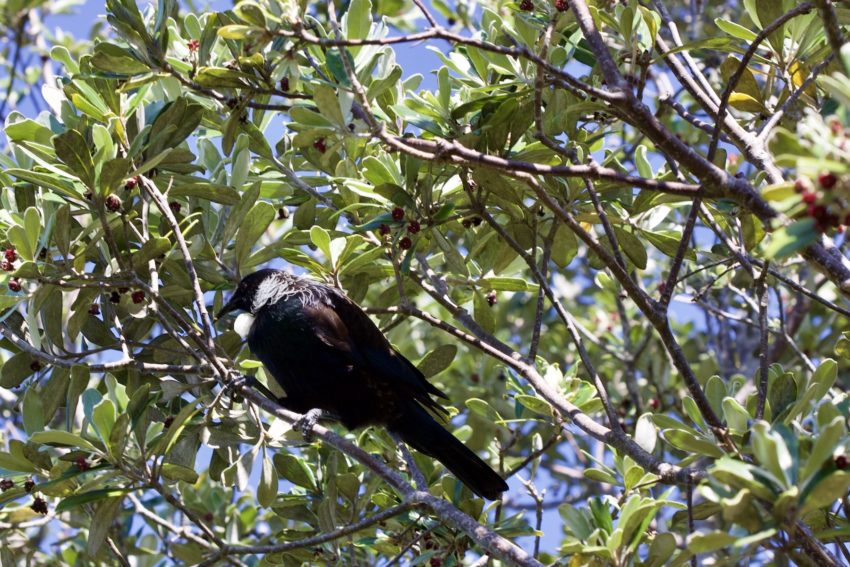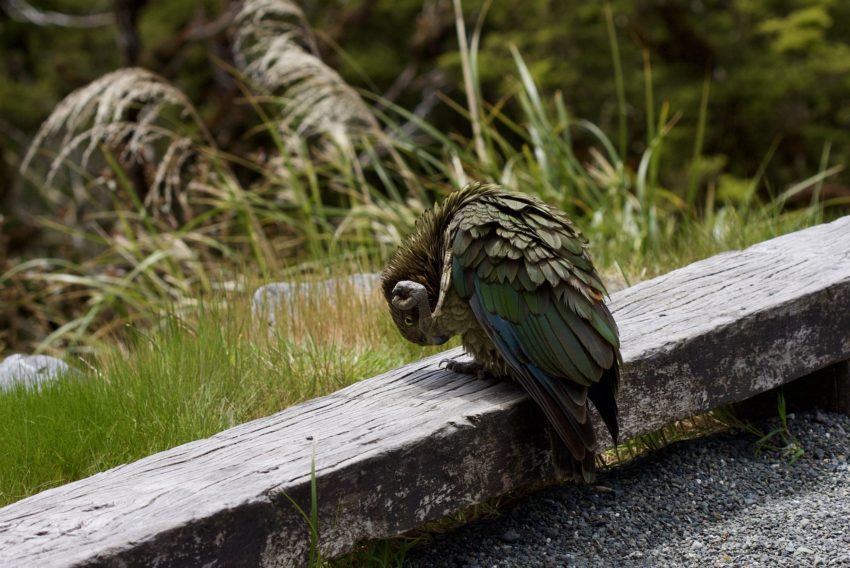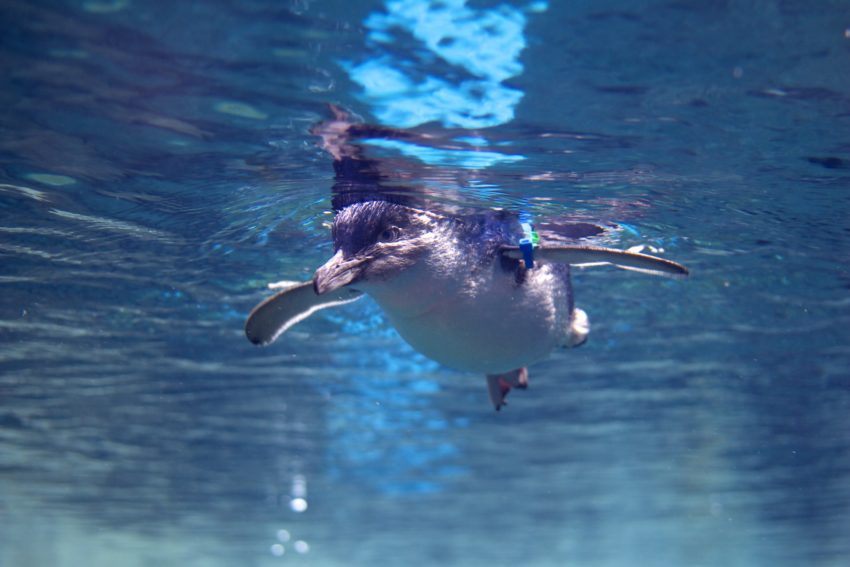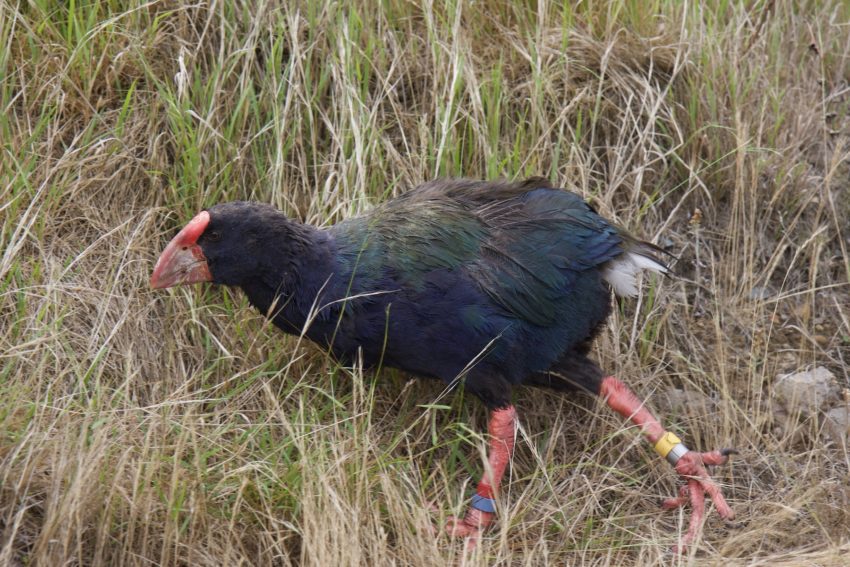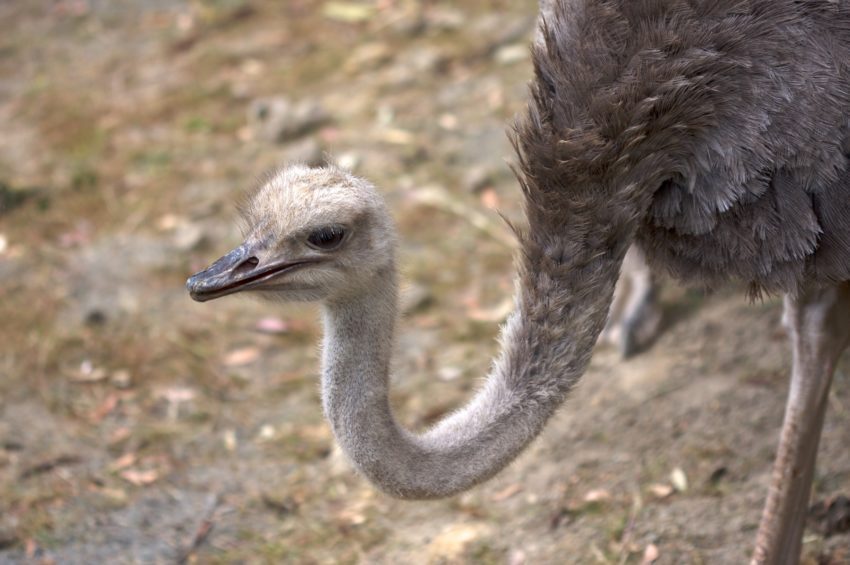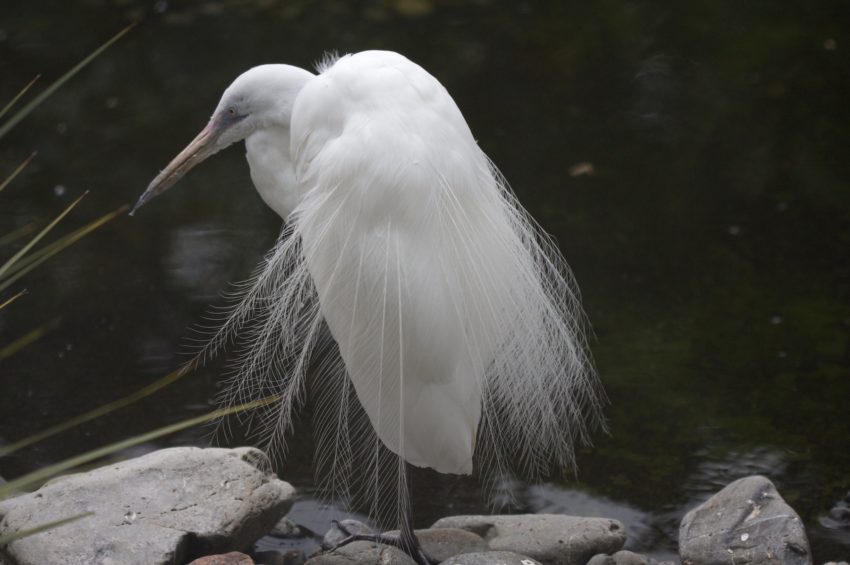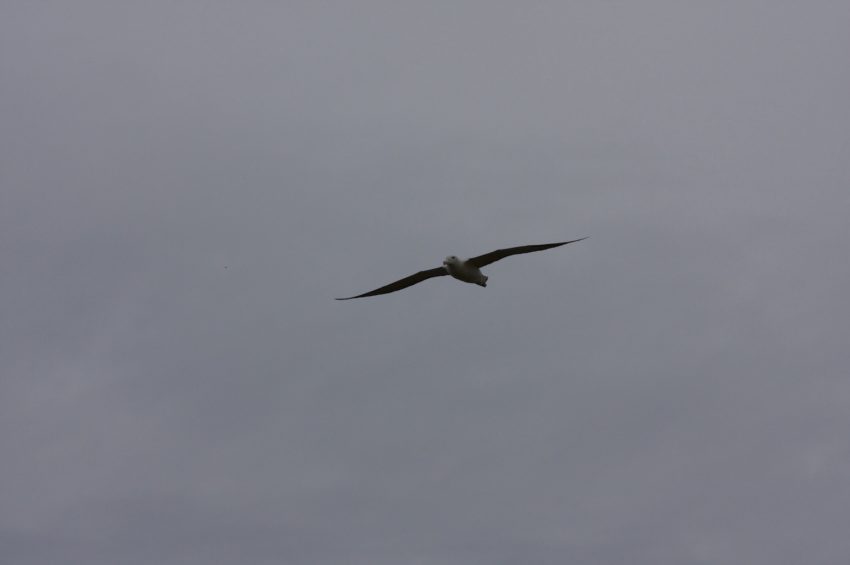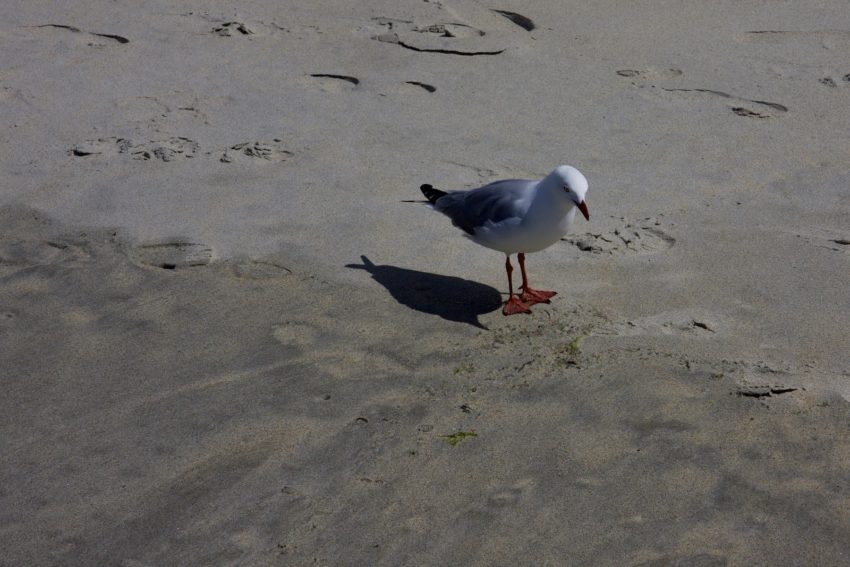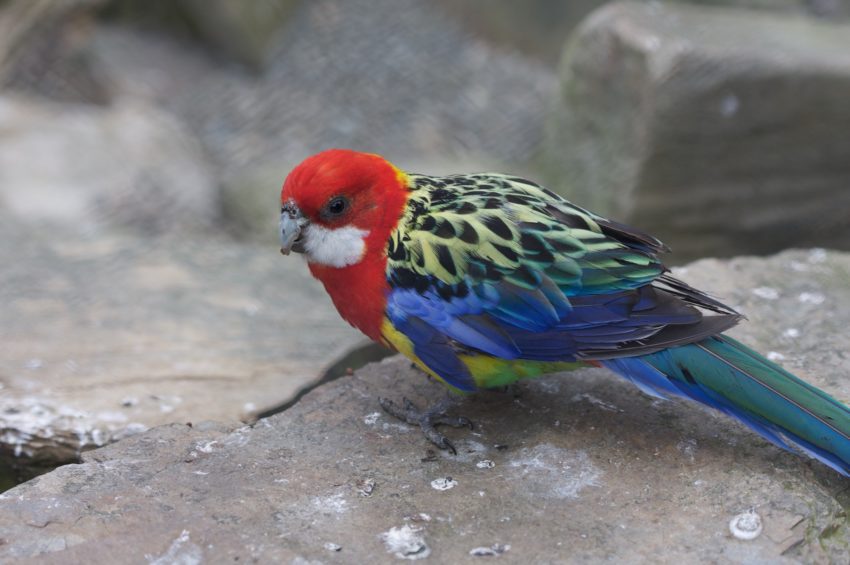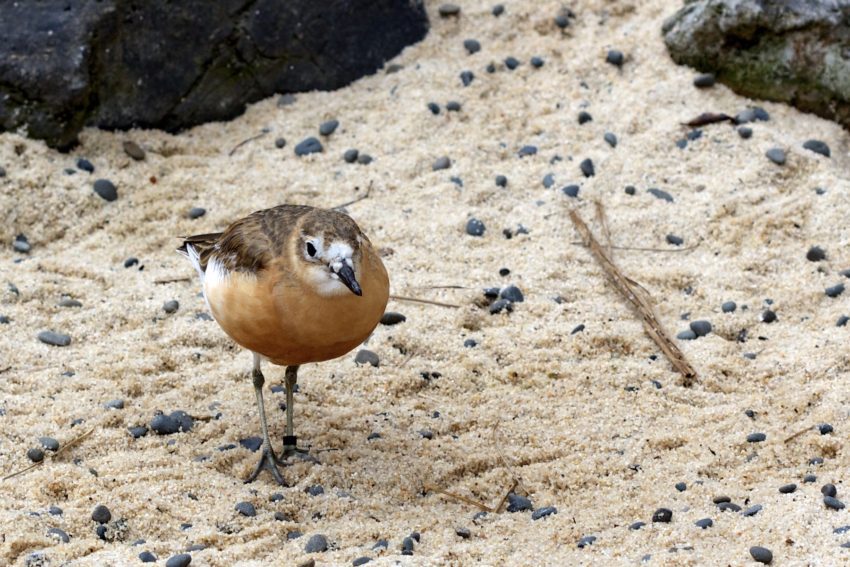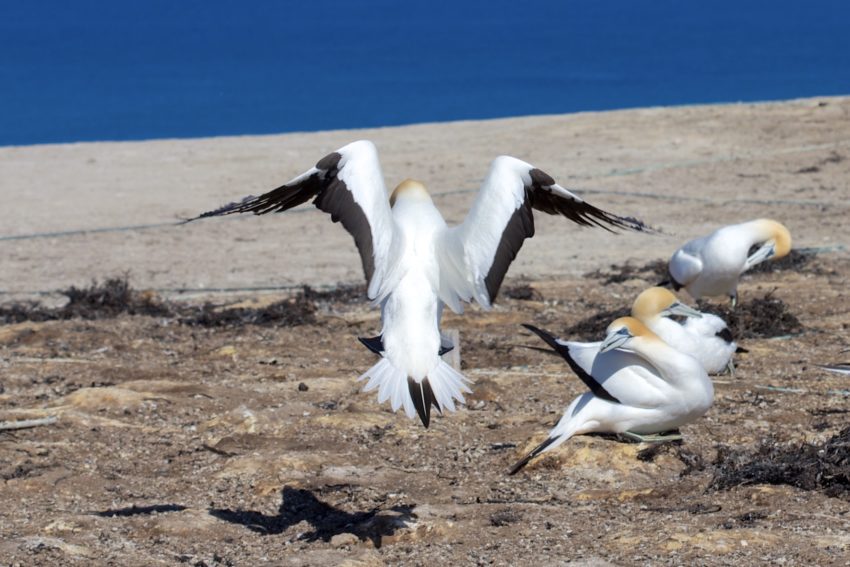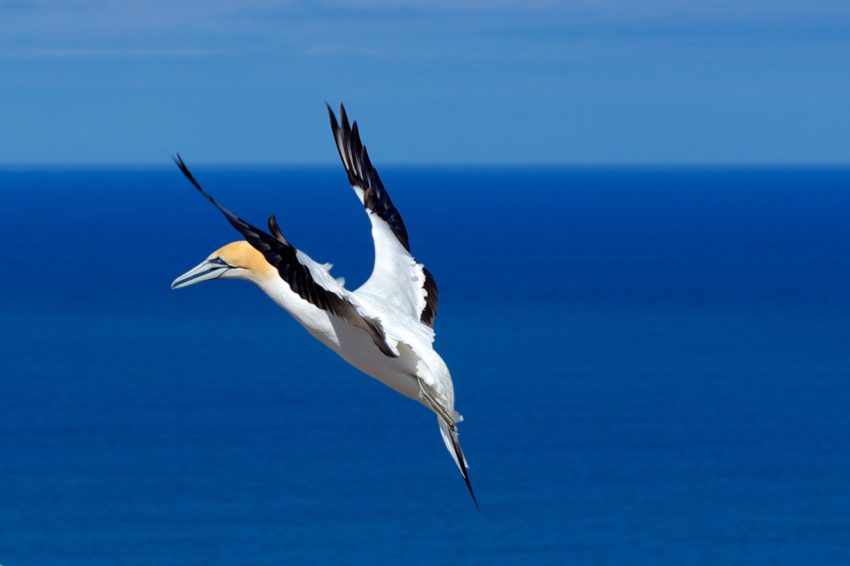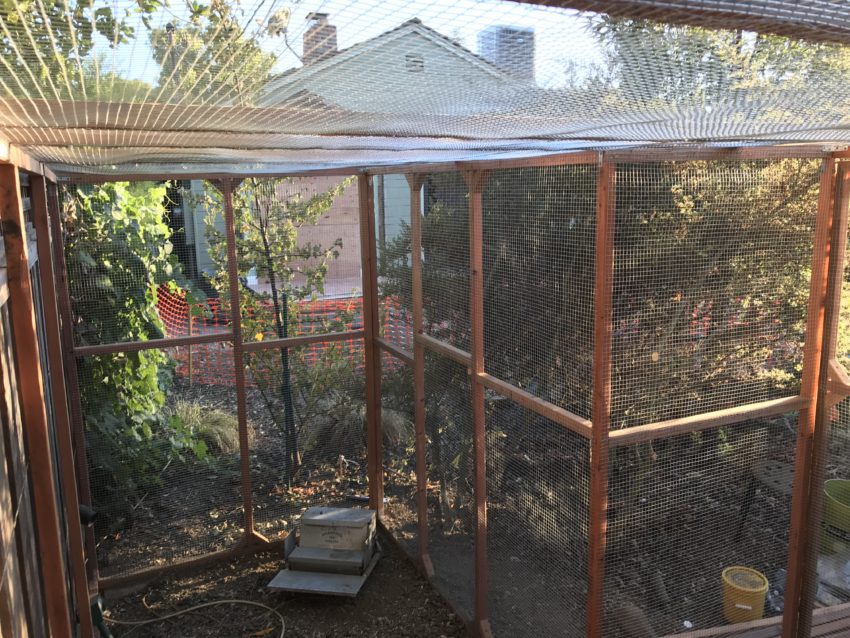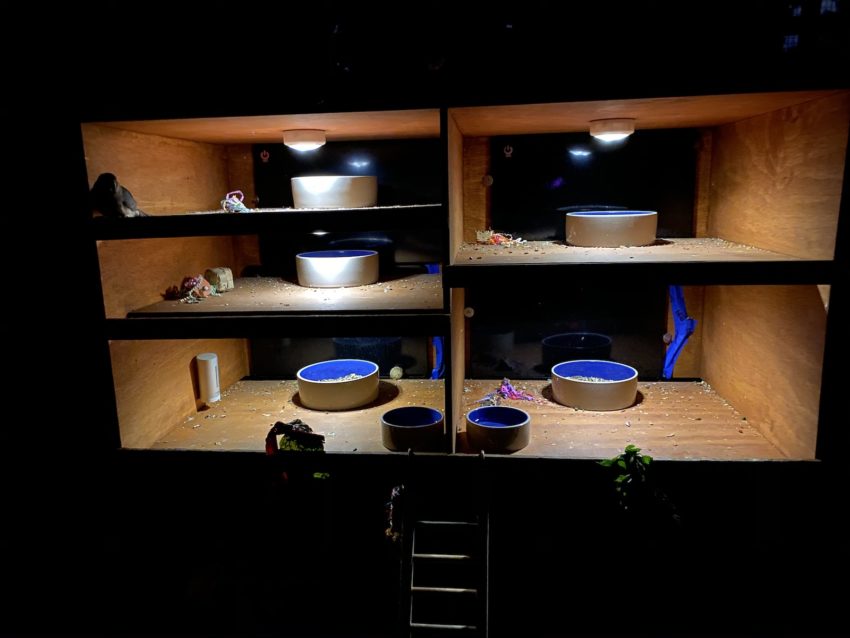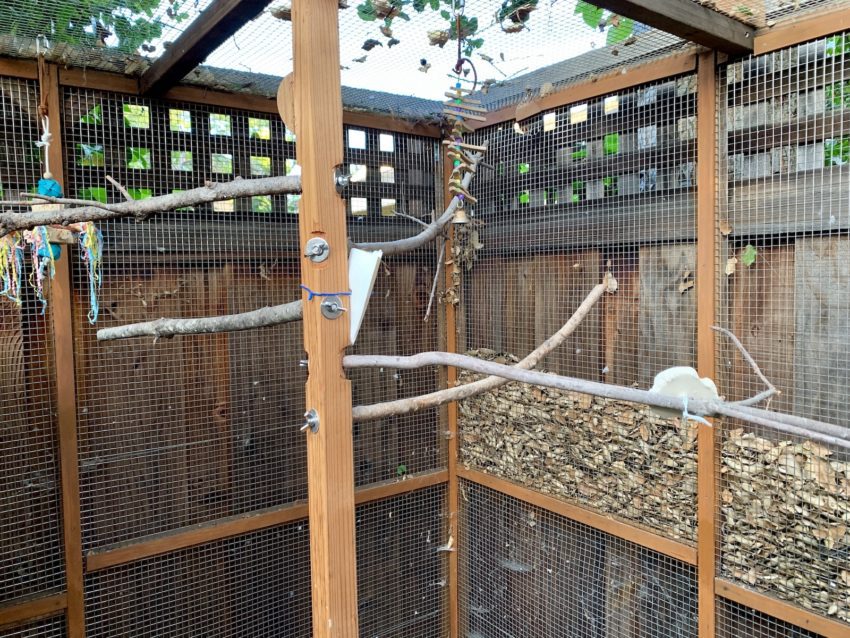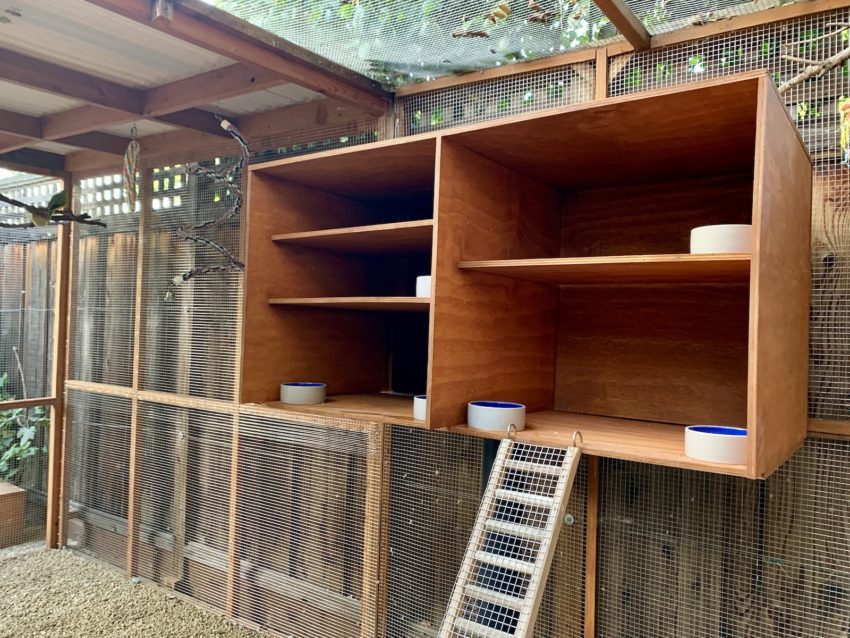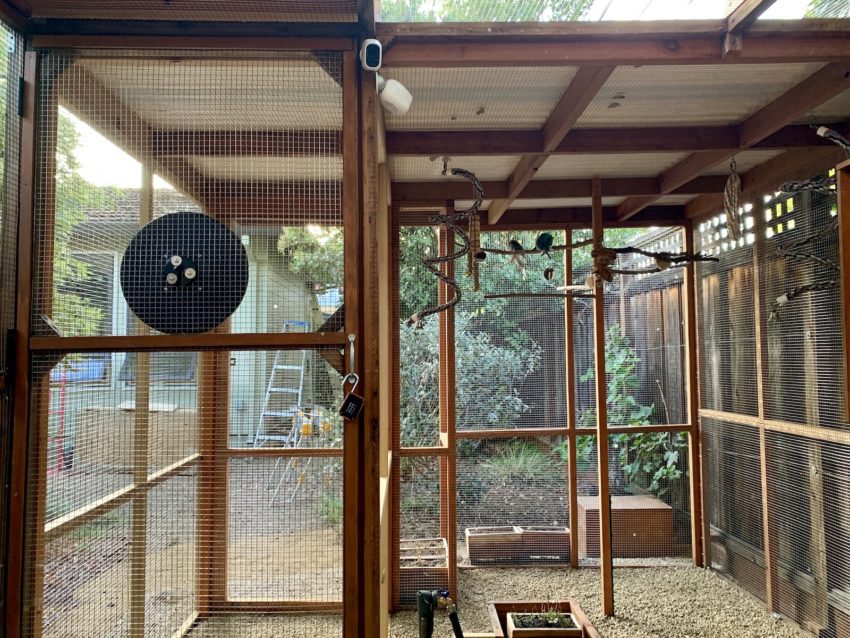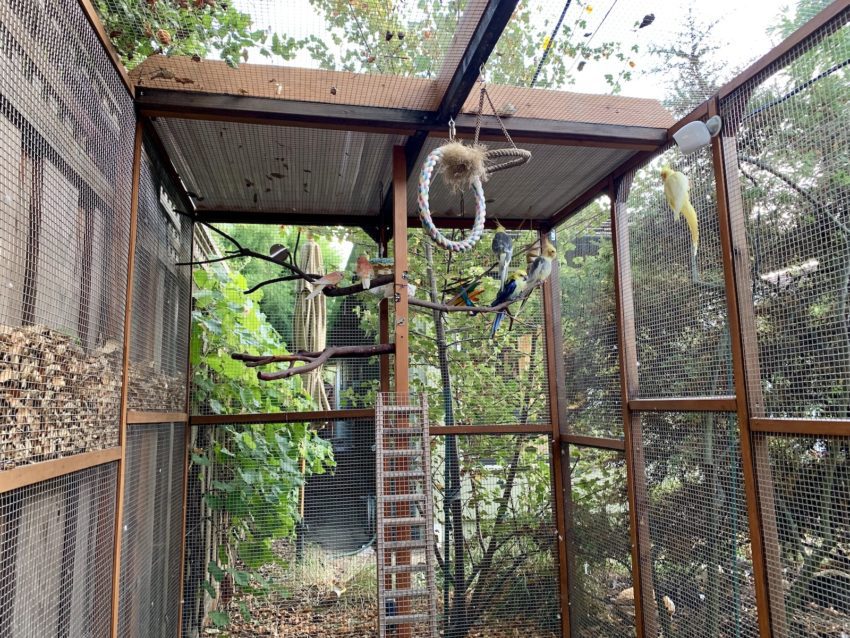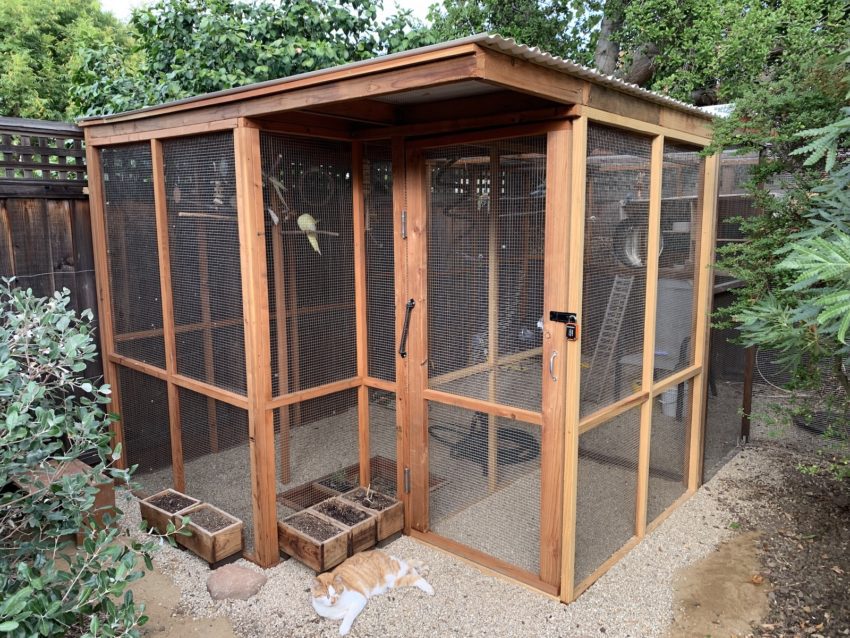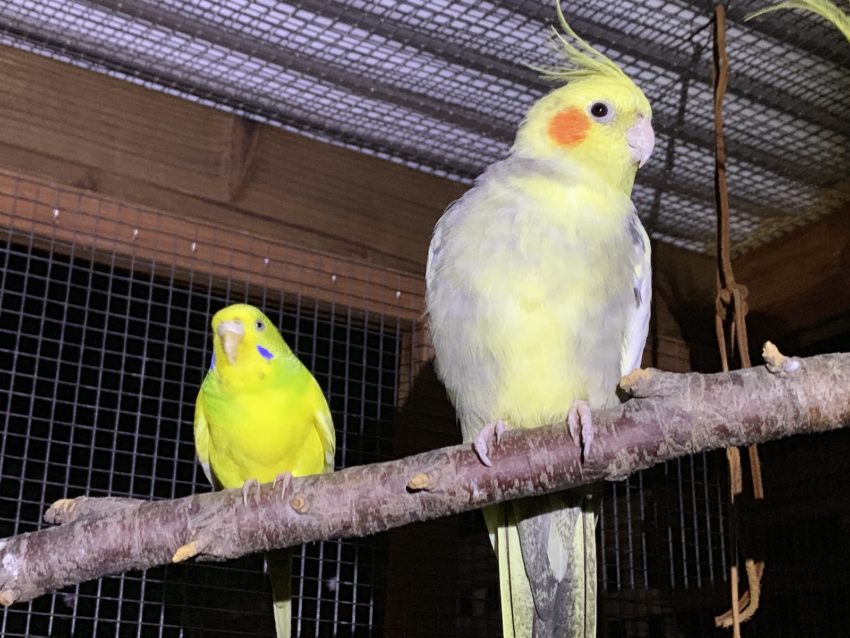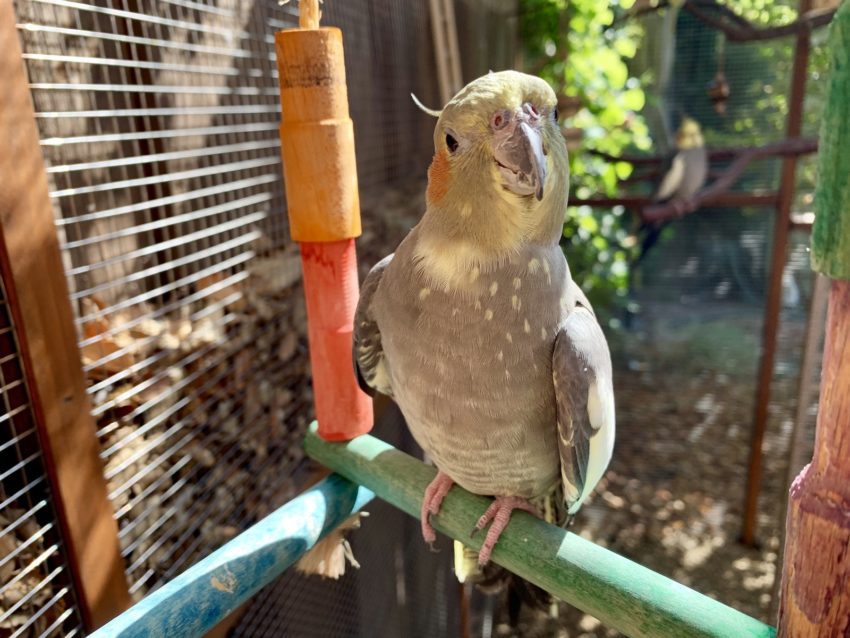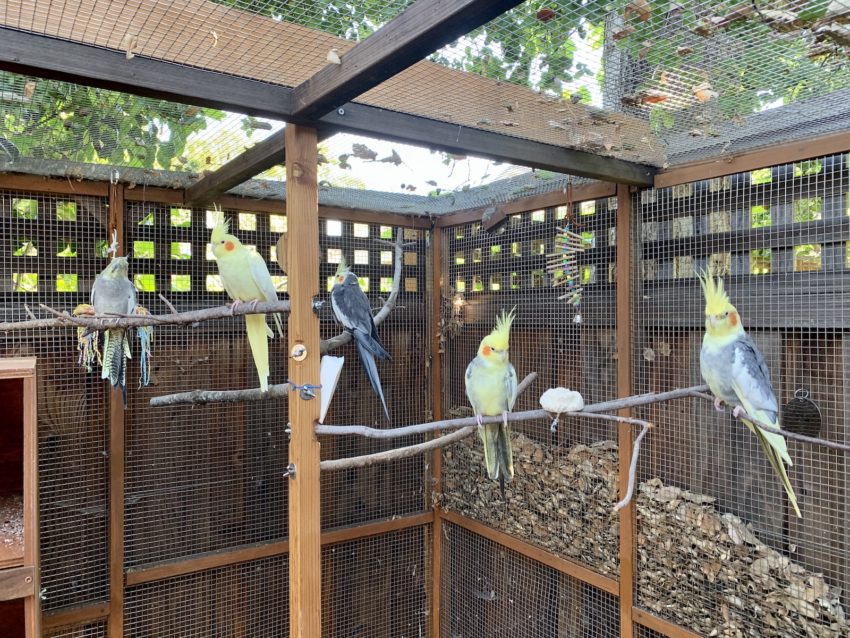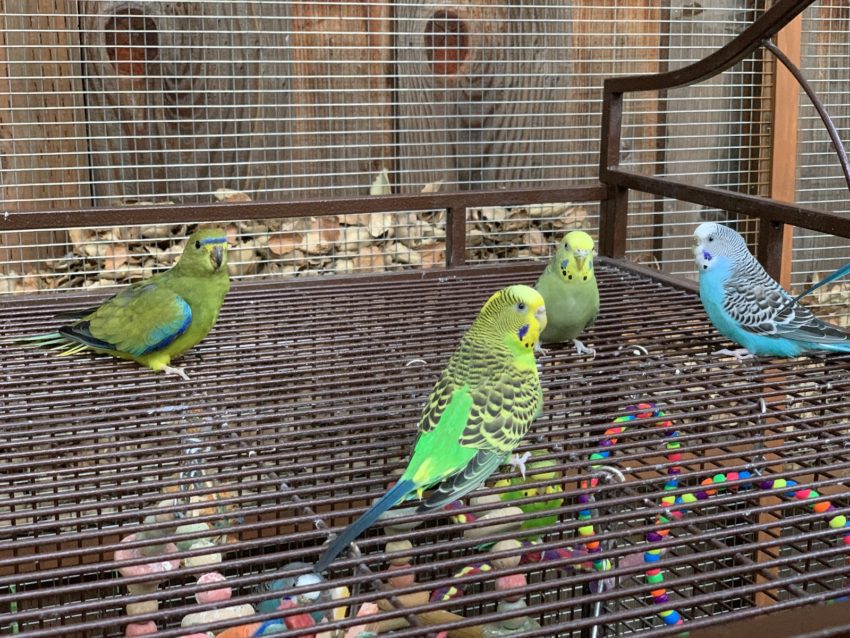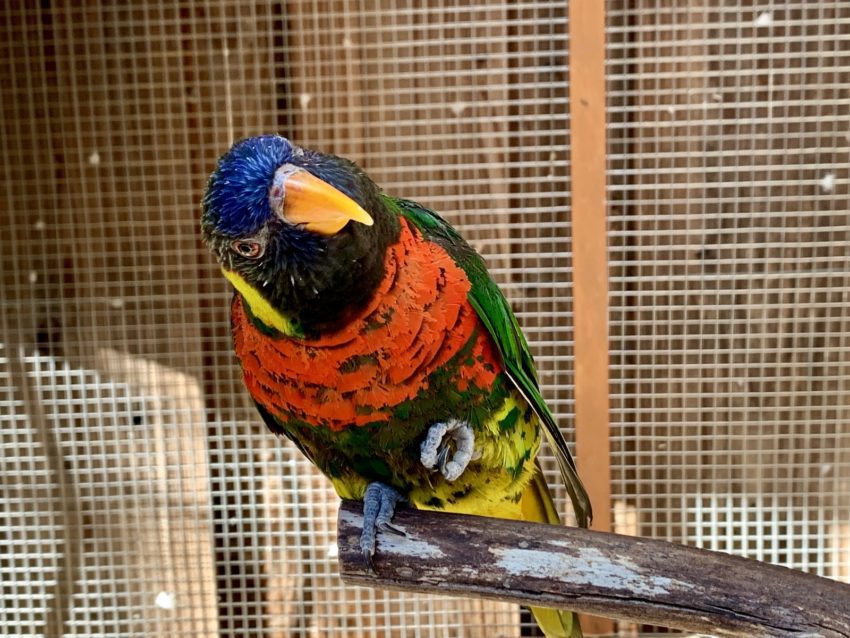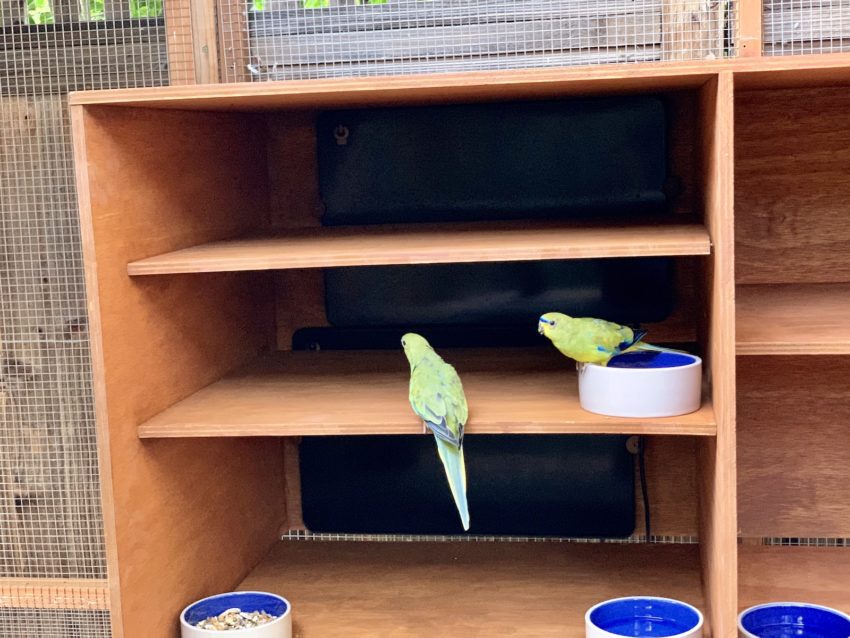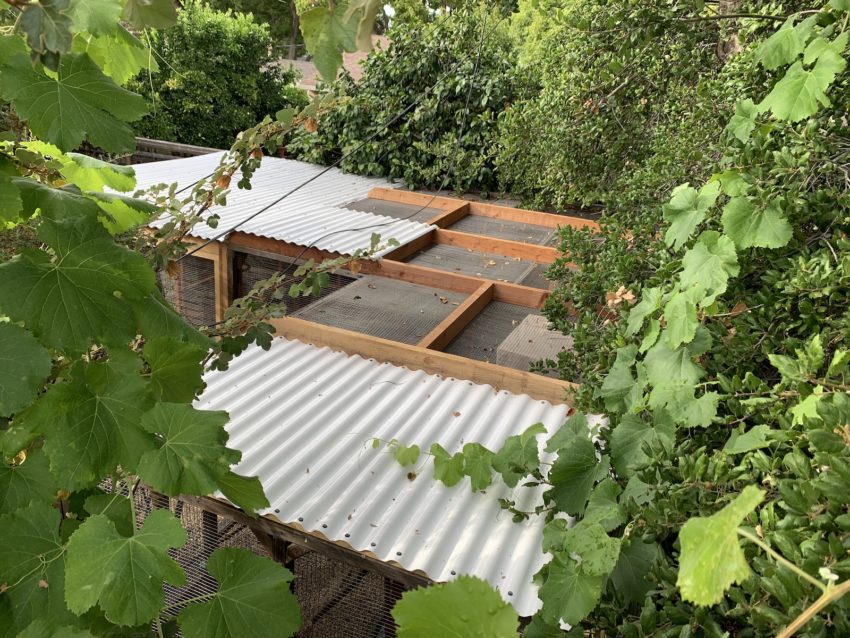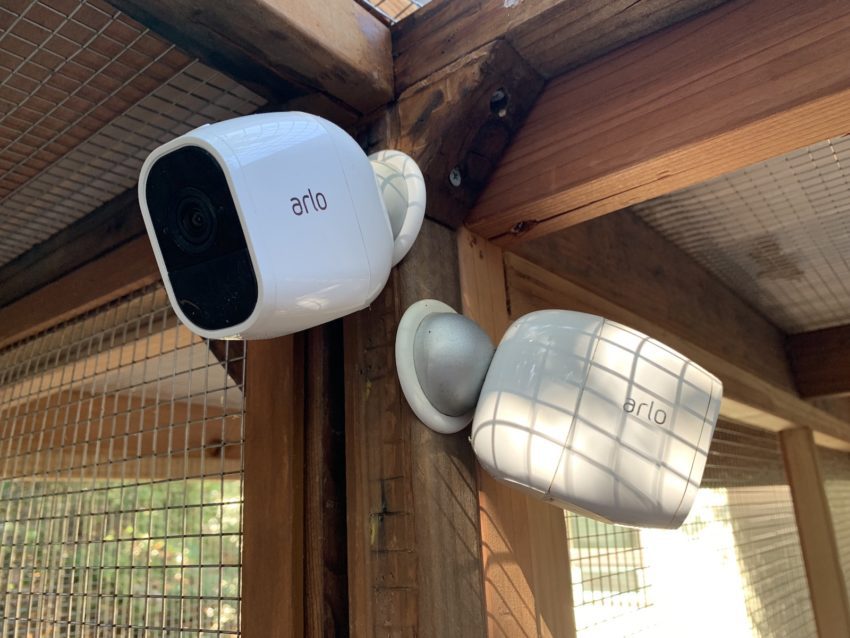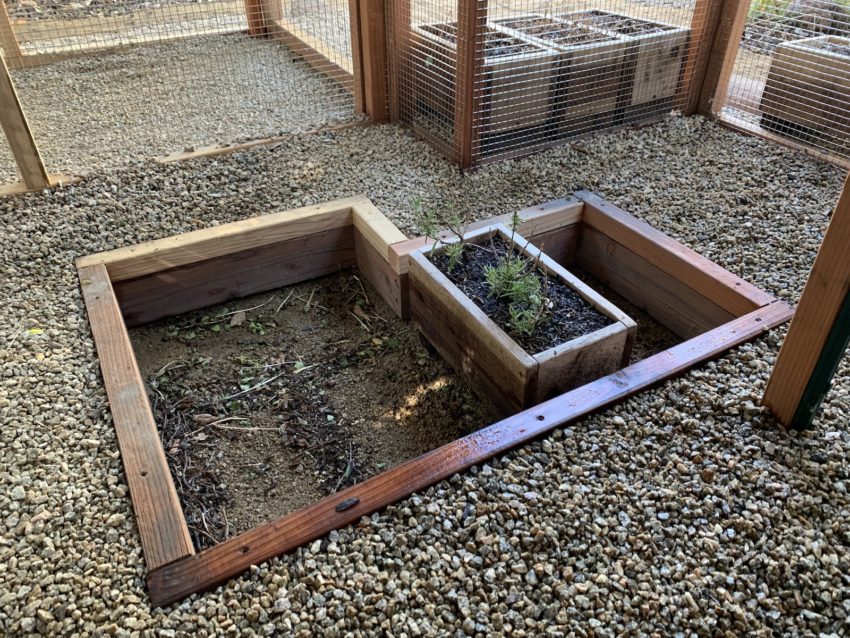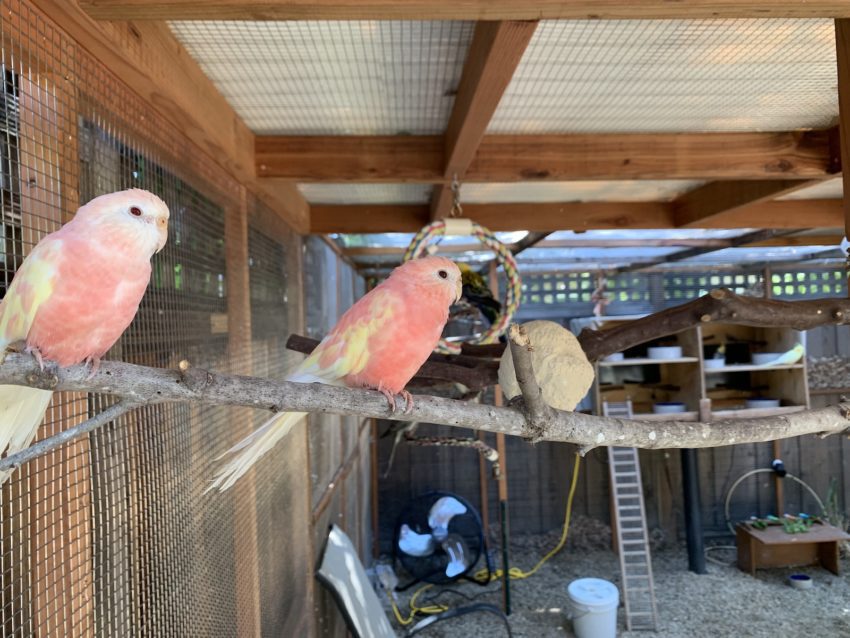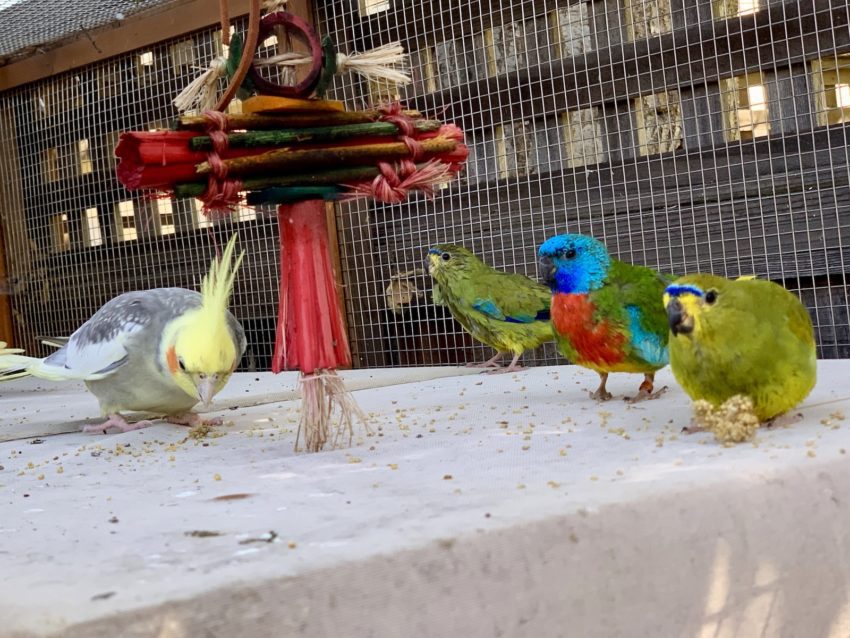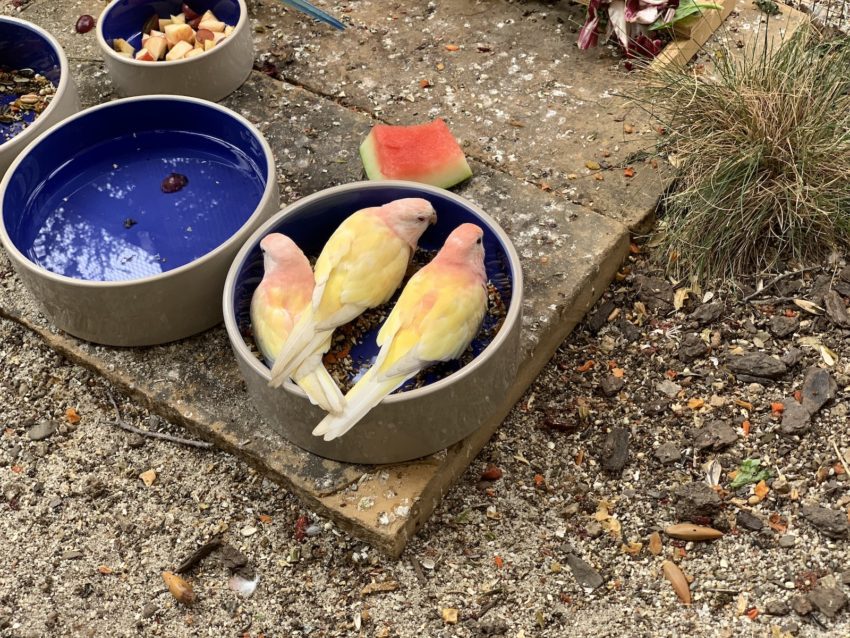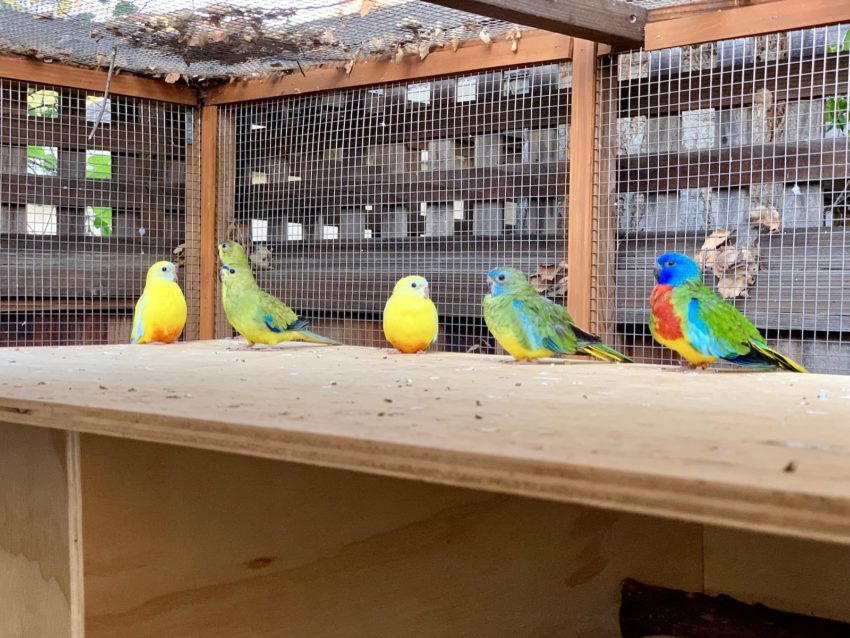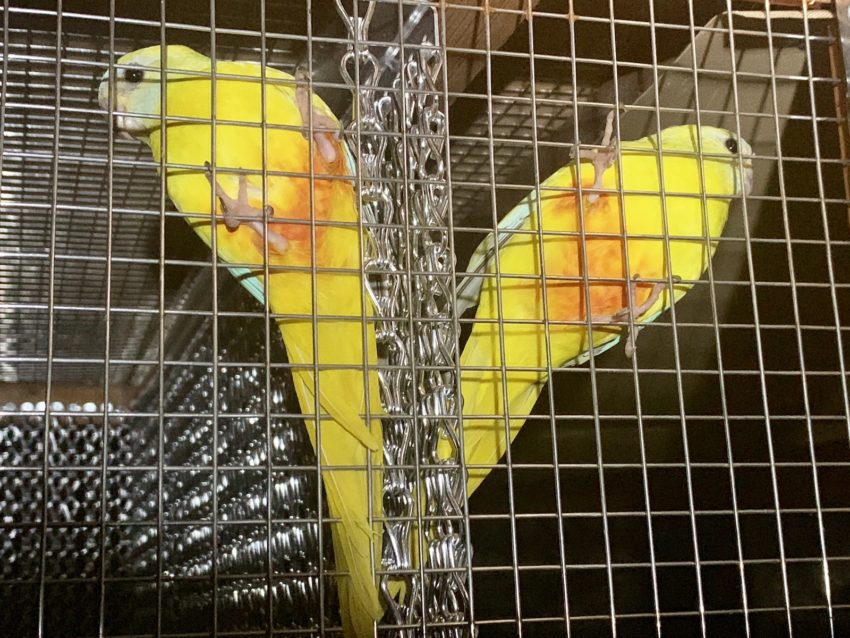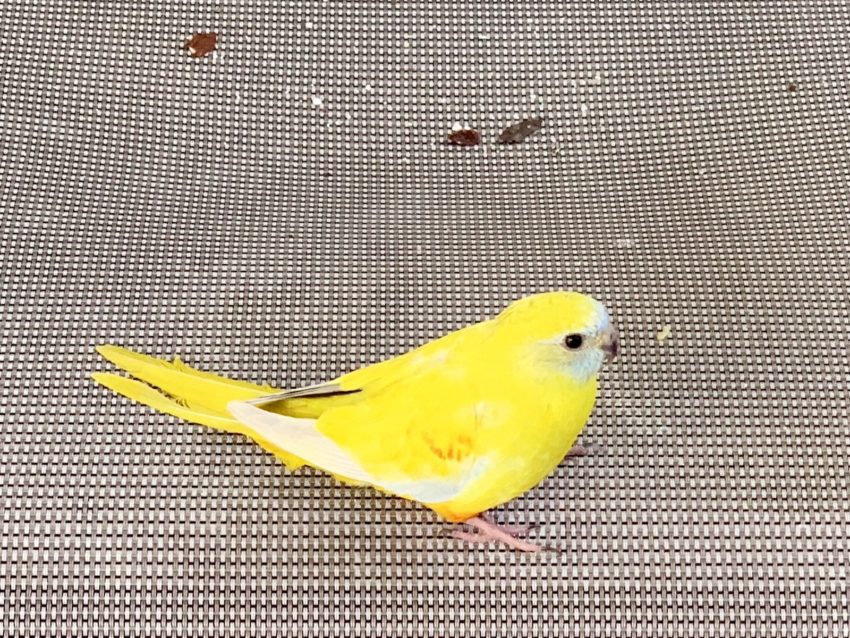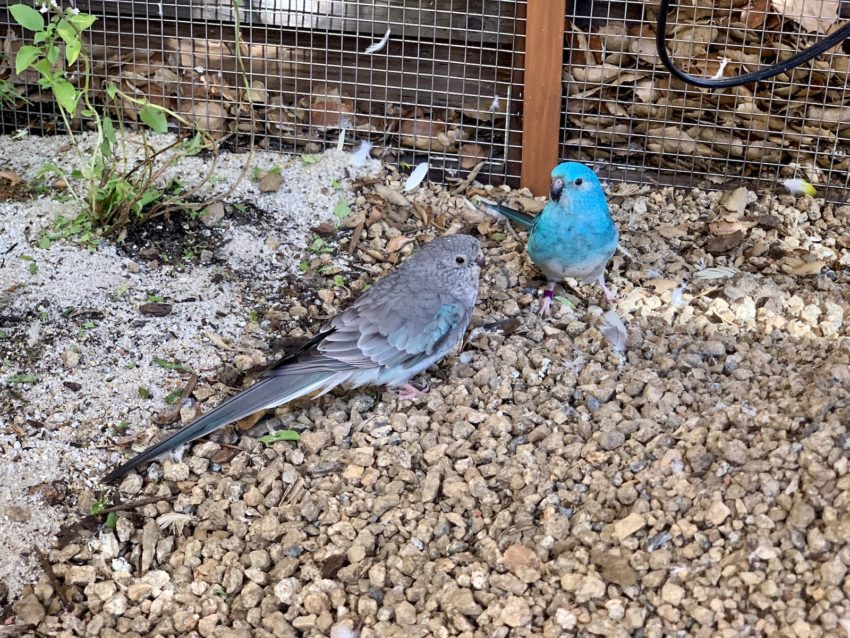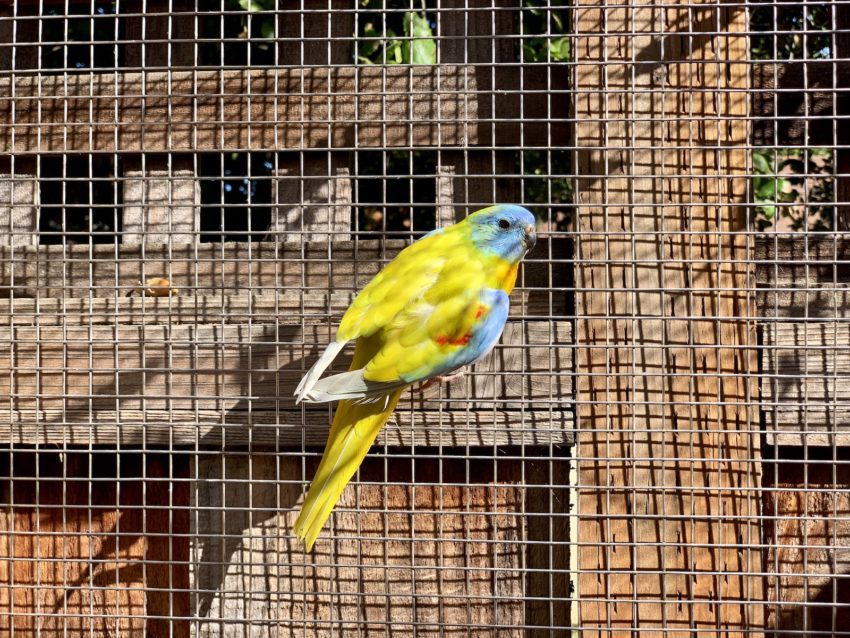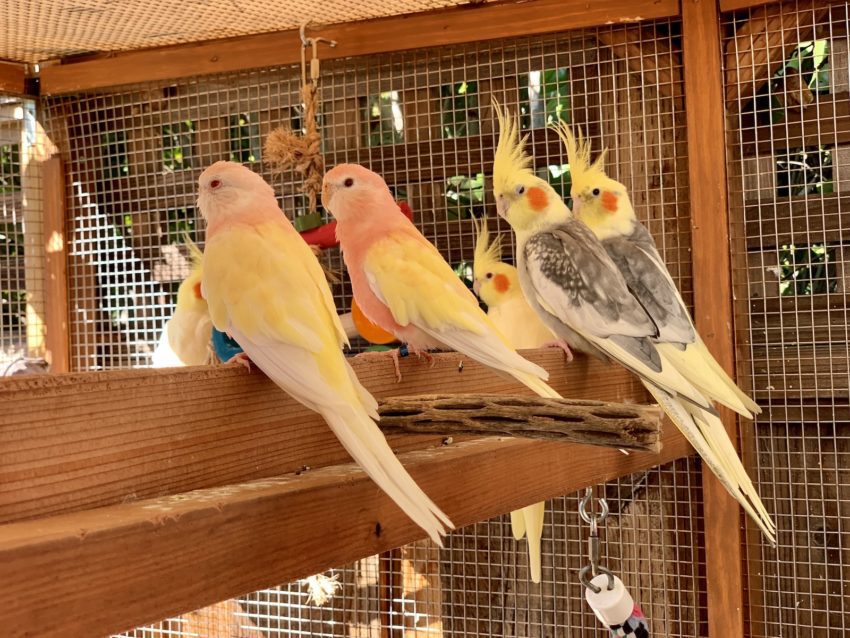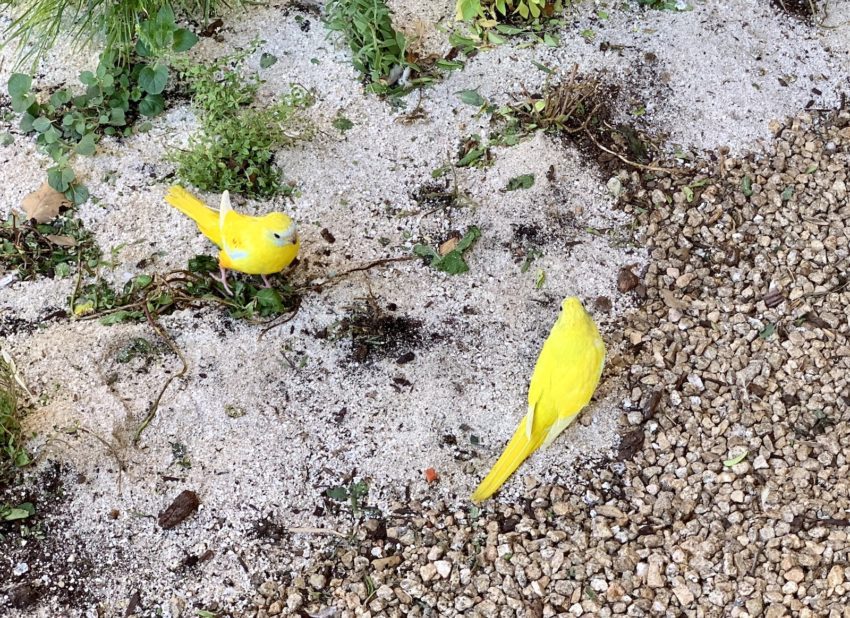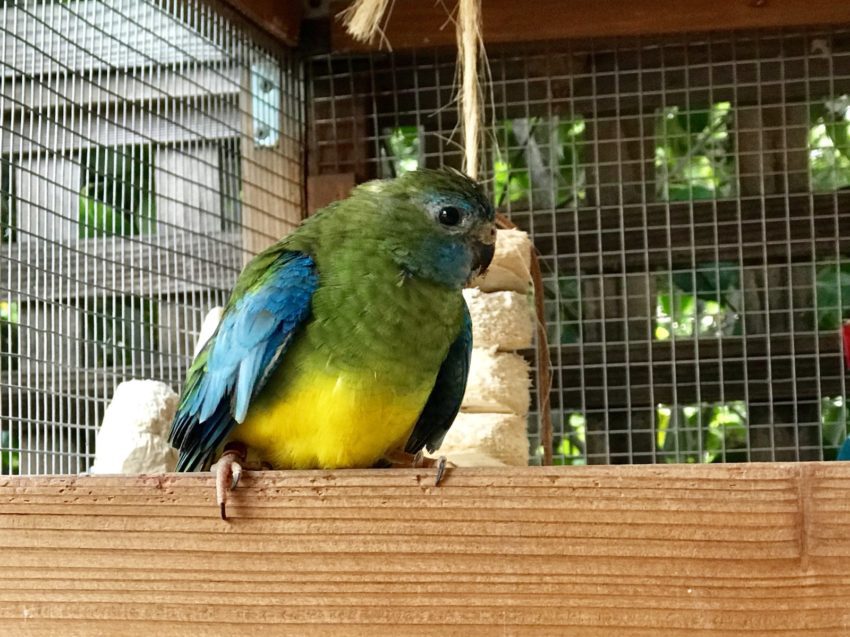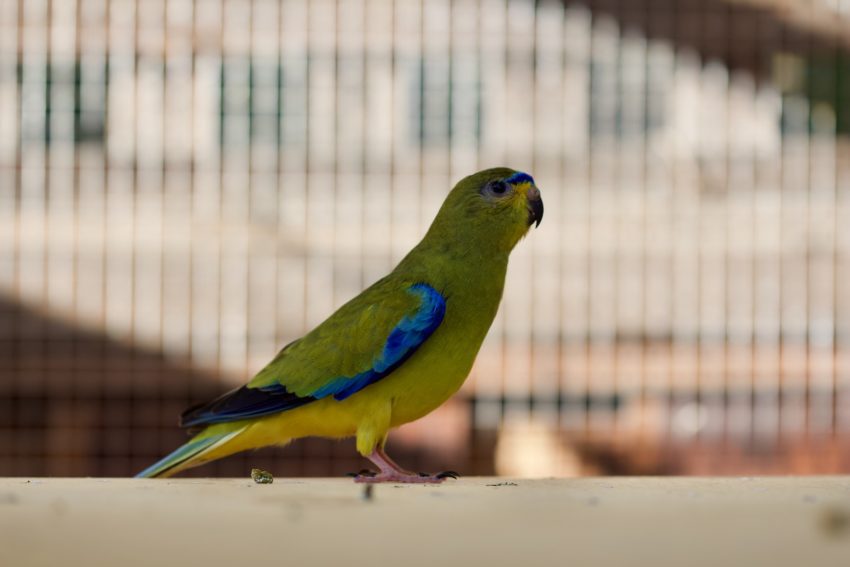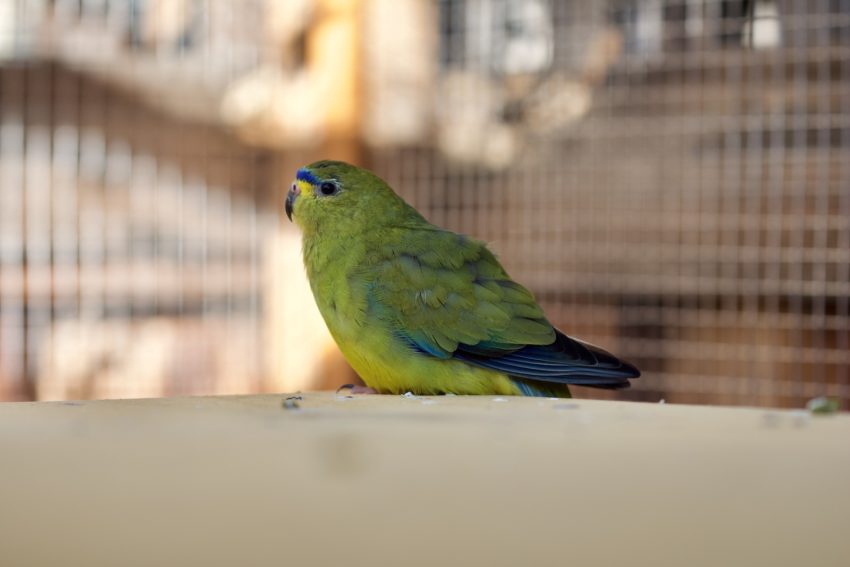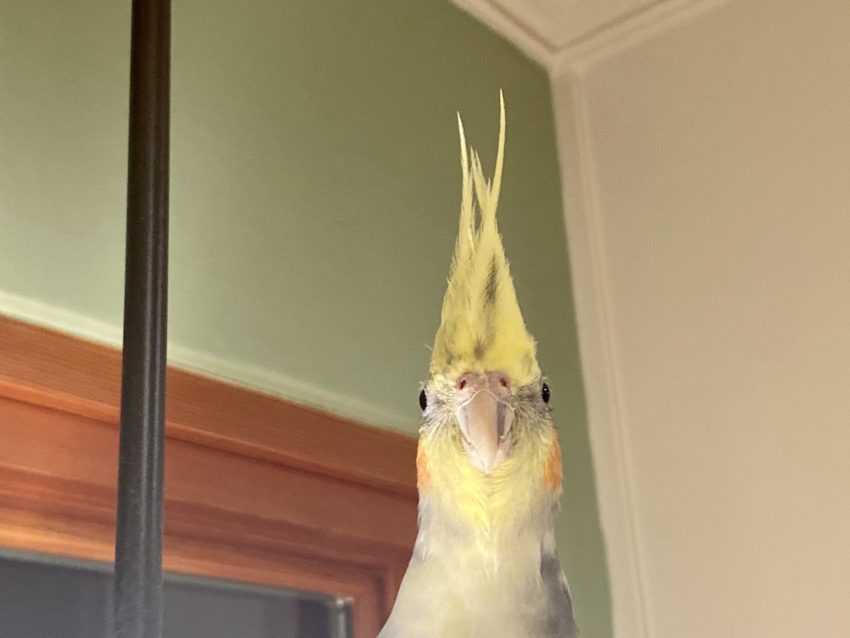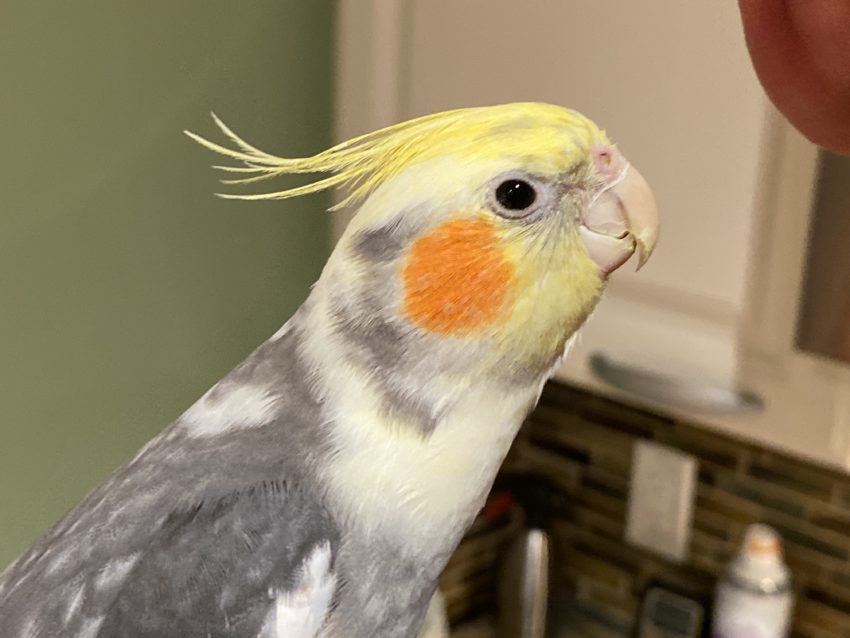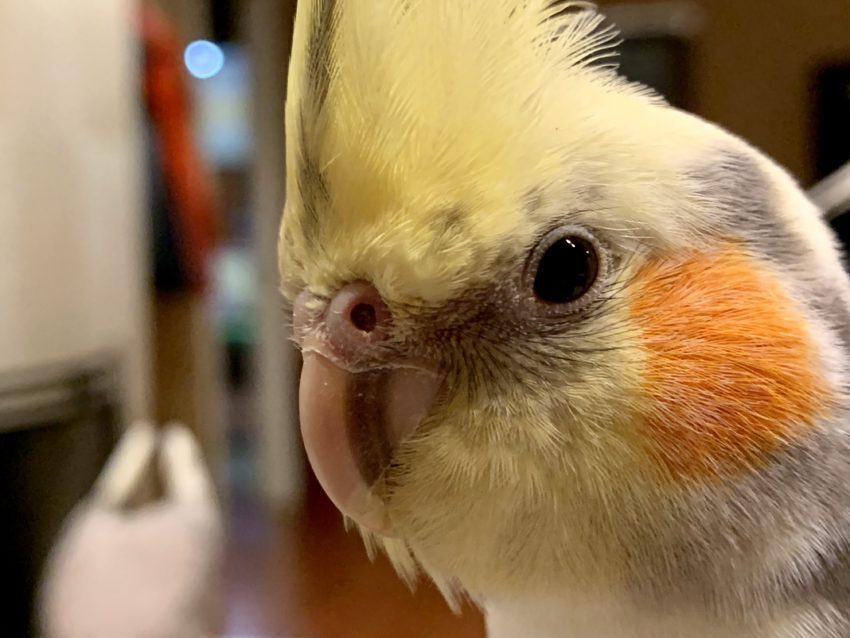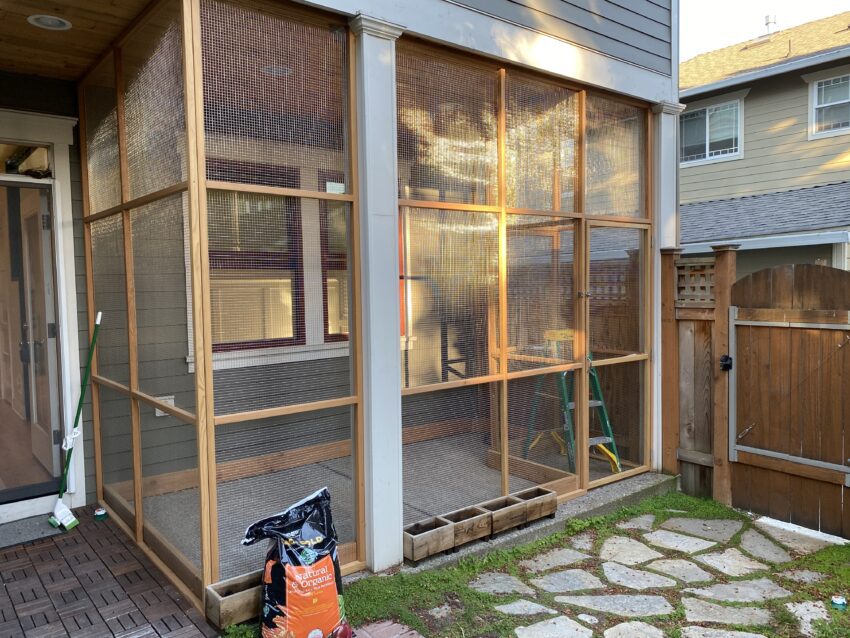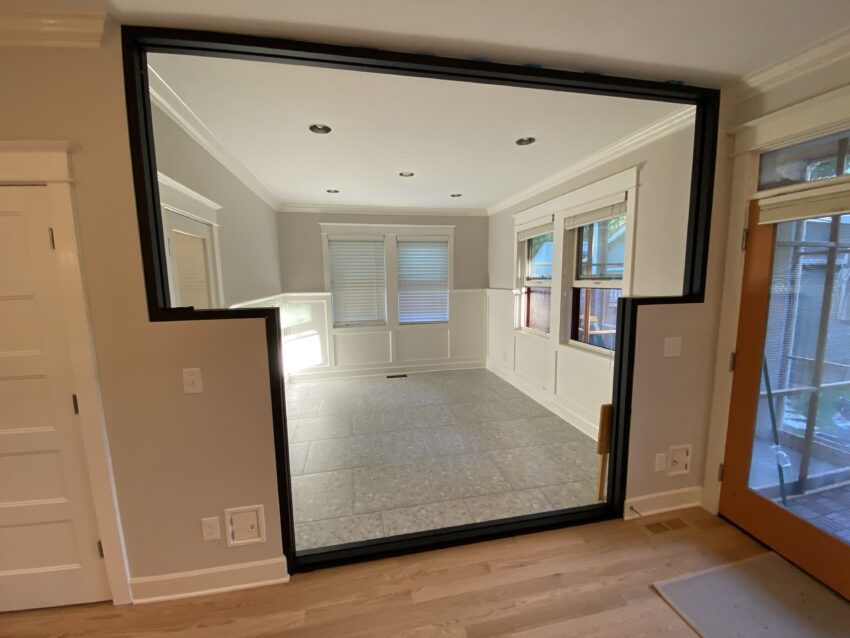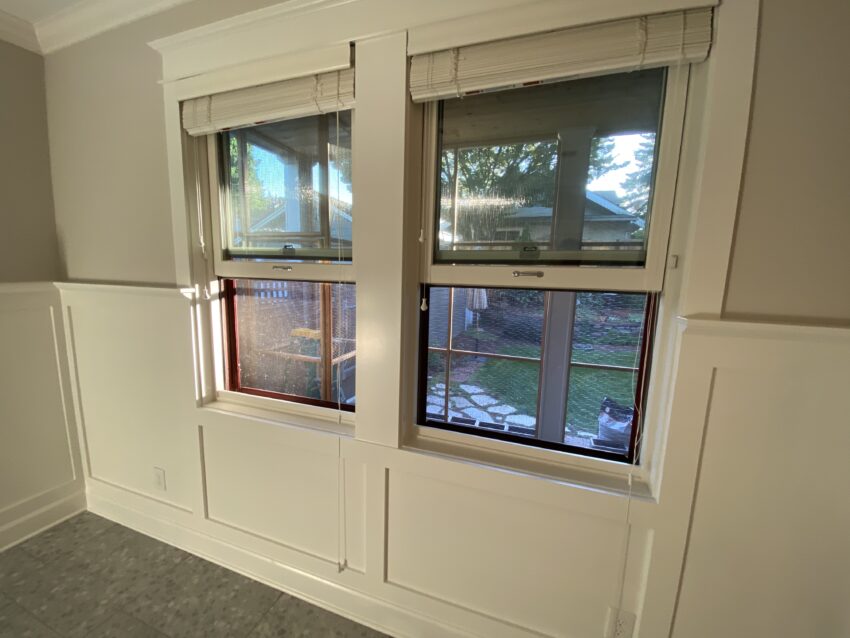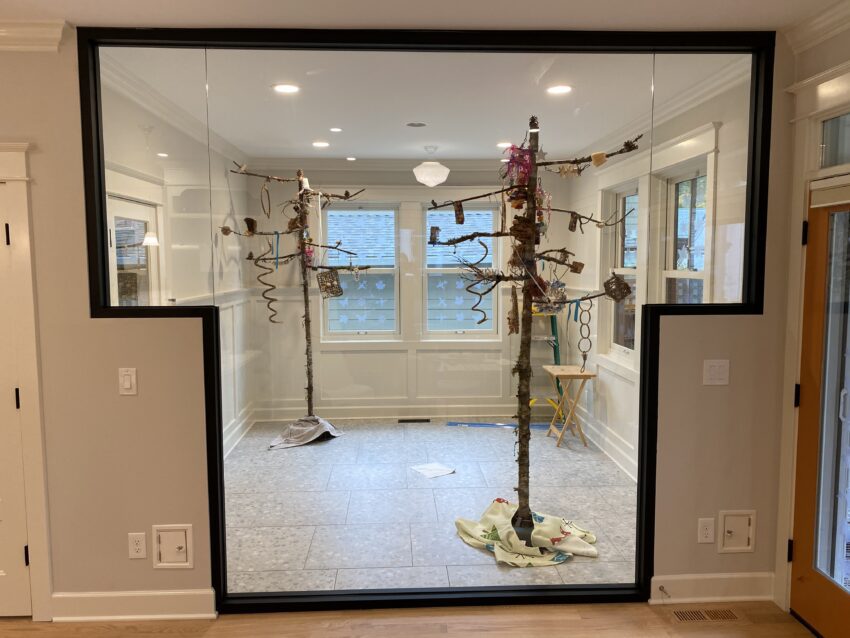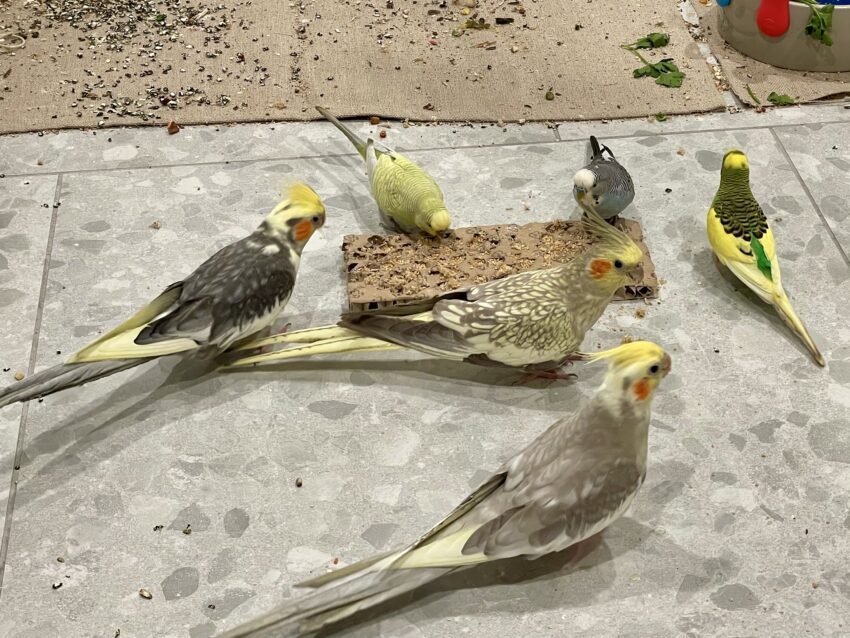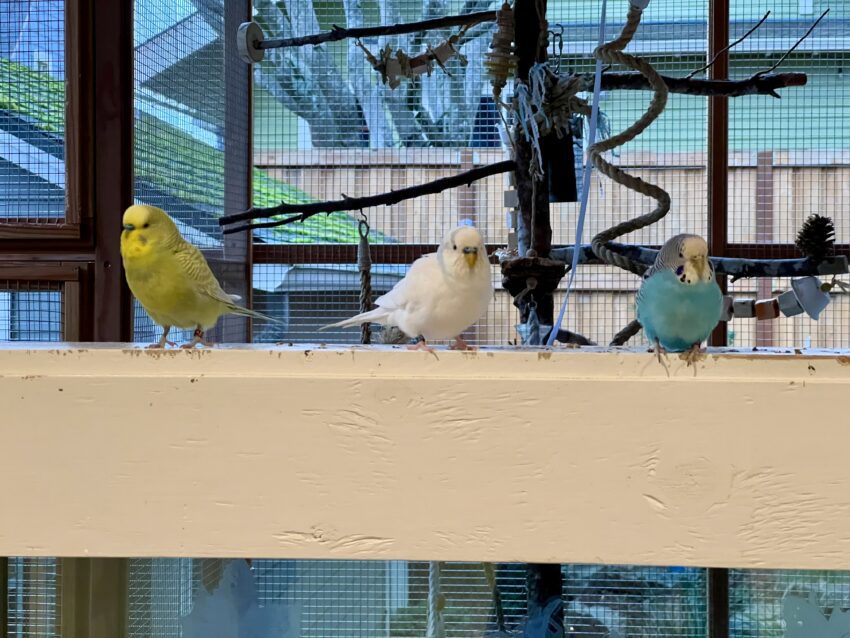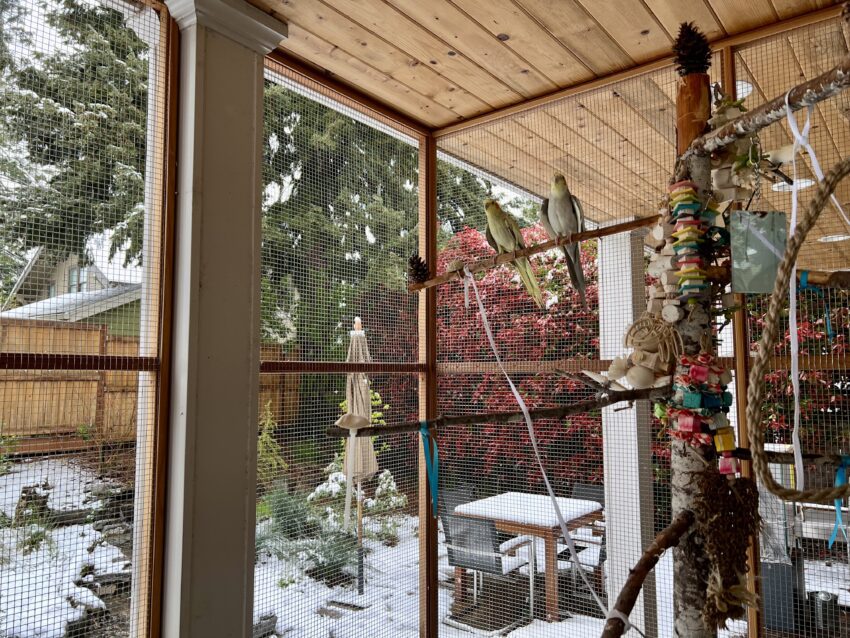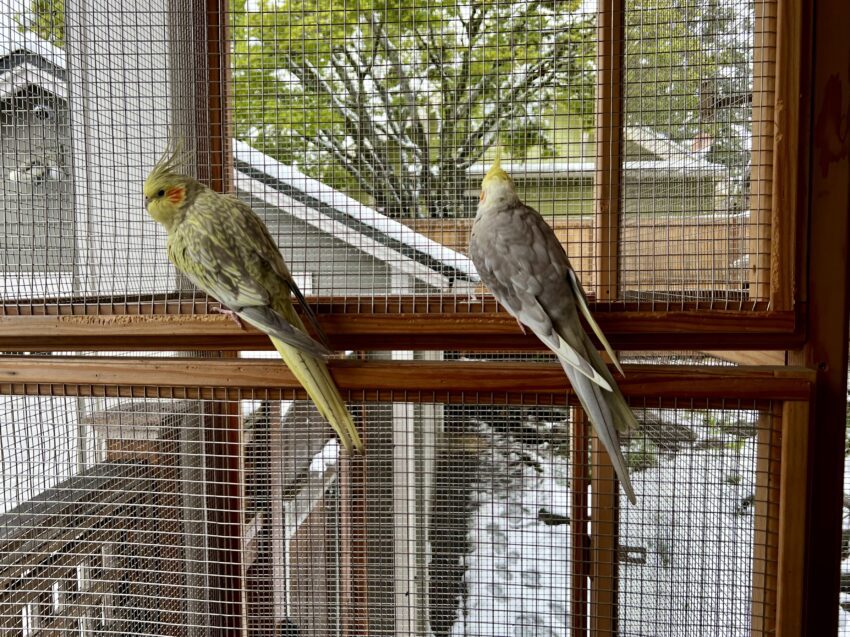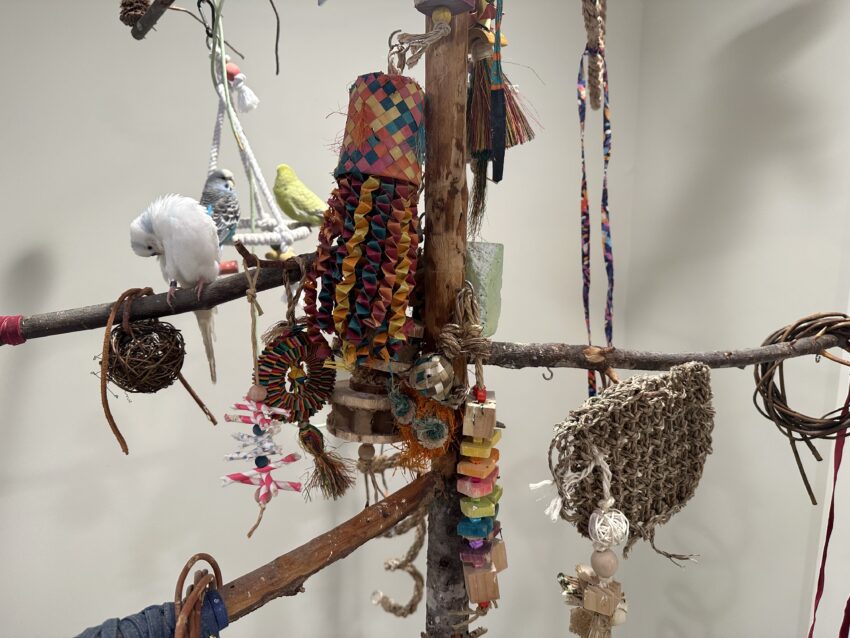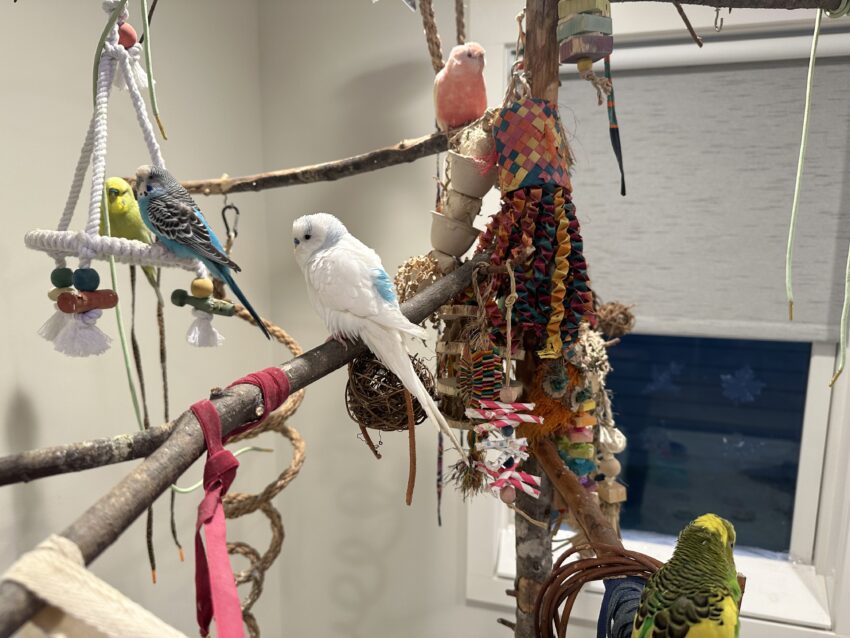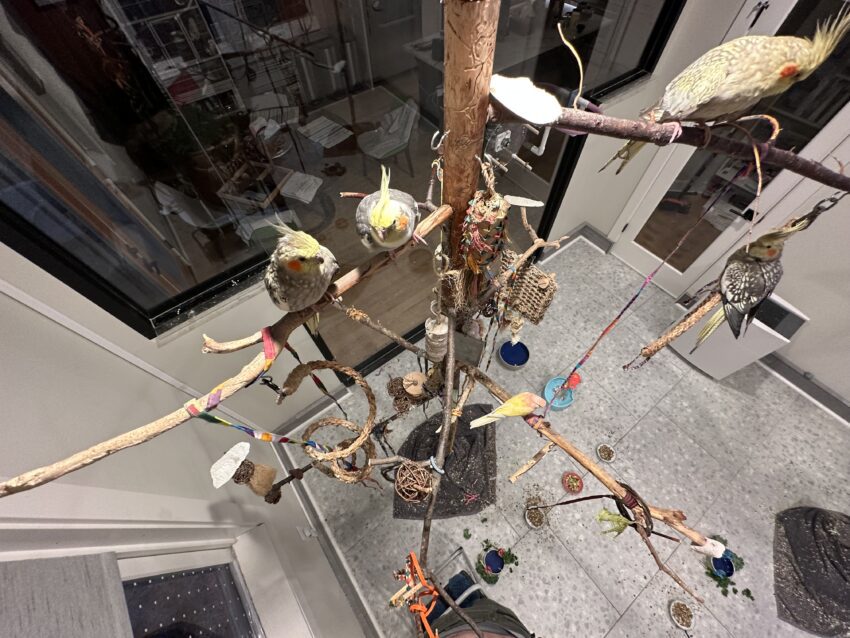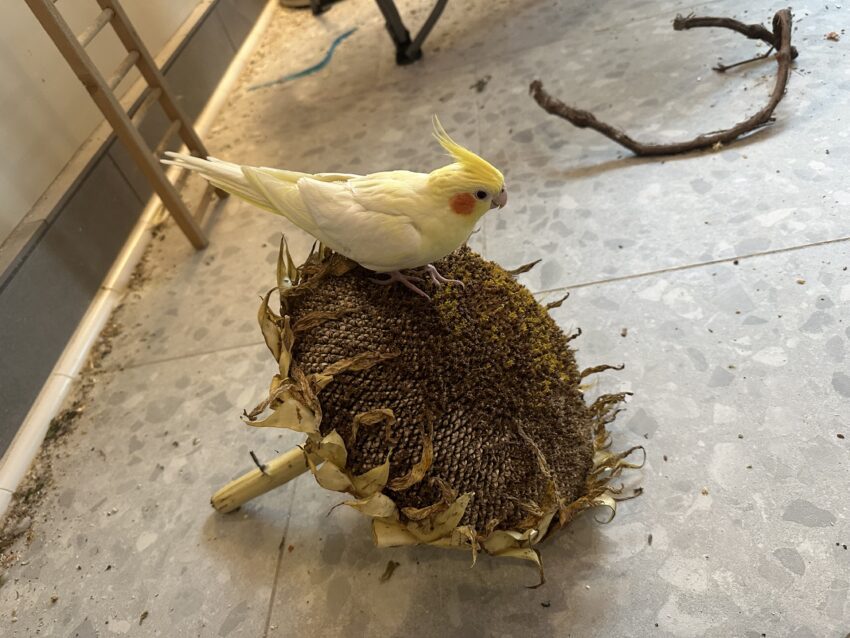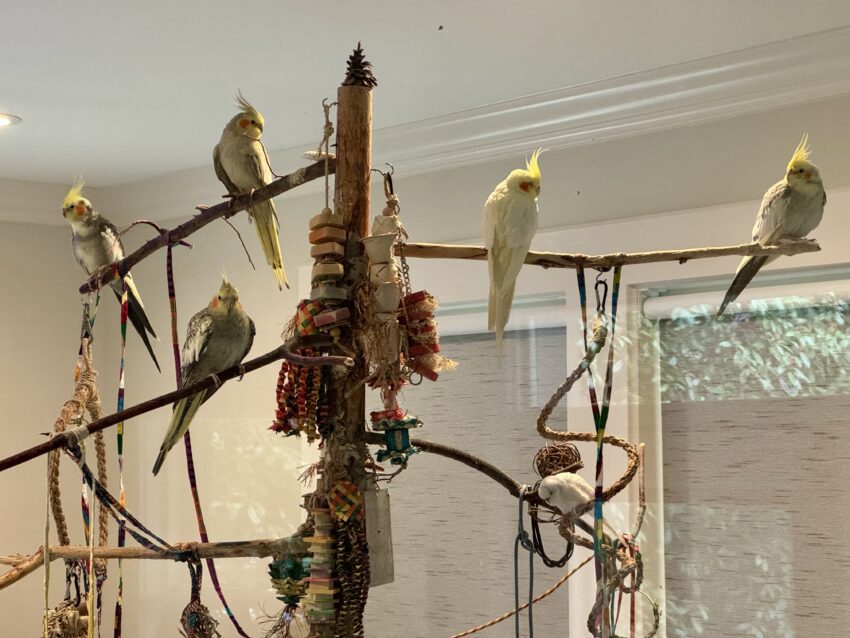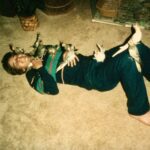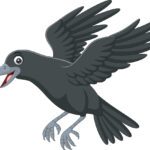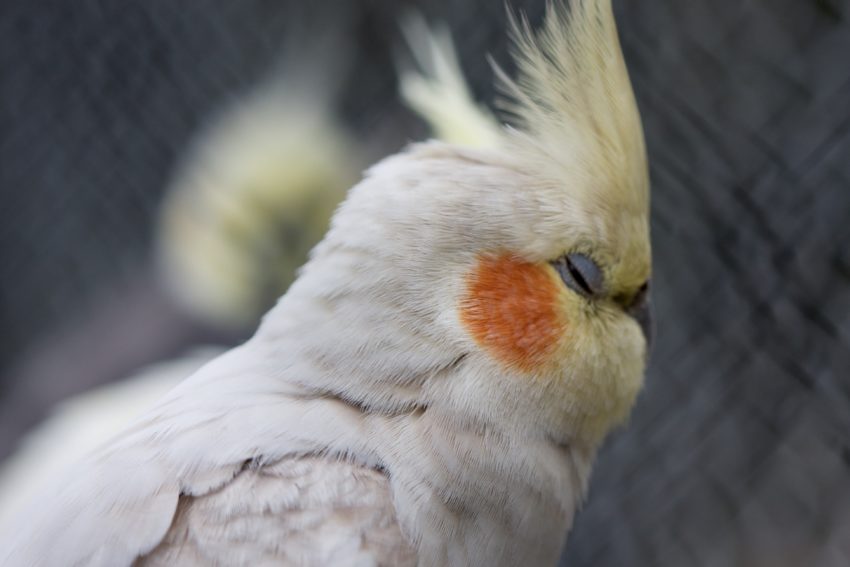
My life with parrots
At one point recently, I had 23 parrots of 7 different species. How did I get here? I’ll start with an exchange with my Mom over Christmas:
Mom: So how many birds do you have now?
Me: I have 23
Mom: Oh, that’s not many
That should give you some insight into my family.
Grandfather
My grandfather lived in Florida and had a large aviary. It contained several hundred lovebirds, which he bred. He had pet birds as well, including an African Grey named Sammy, which he bought at an auction. More on that later.
My grandfather was a bird lover and hobbyist. He wanted to spread the joy of birds to others. He left that if more people enjoy birds, they will be more likely to care about the plight of them in the wild. Consider how dog owners feel about street dogs in Asia, for example.
In January of 1981, the letter below arrived from my grandfather. The seed was planted both with my Mom and me.
Sammy
My grandfather died shortly after sending me the tail feather that I prized enough to keep it to this day.
My family inherited Sammy, and he became a member of the family. Since he was wild-caught, he was not a friendly bird at all. I spent a year getting him to sit on my hand and shoulder, but birds are inherently untrusting creatures, so I don’t know that he ever fully accepted me.
He bit me (hard) more times than I could count. Once a school counselor called in my Mom because she thought it was a case of child abuse. I had bite marks up and down my arm.
I guess the pain was in exchange for more trust. I also knew so little about animal training that I know I would do it much better now with no biting.
Artwork Interlude
As I become more and more a bird lover, my art in school reflected that. Here are some examples.
Parrot Jungle
Somewhere in here, we visited the now-defunct Parrot Jungle in Miami, Florida. This was more-or-less a petting zoo for parrots. The hands-on experience was so much more profound than seeing a bird only inside a cage.
More African Greys
Since my grandfather was a breeder of lovebirds, my Mom became interested in African Greys like Sammy. Turns out that African Greys were exceedingly difficult to breed in captivity. That presented a challenge. Plus we needed a mate for Sammy.
For those that don’t know this, bird importation in those days was extremely cruel. Sometimes they would cover branches where parrots roosted with tar, then come back later and rip them off. They were put in cages scarcely bigger than they were and many died during transit.
They were sold at auctions. I’ve been to one, which was a room containing the greatest animal misery I’d ever experienced.
The justification was that breeders were increasing the numbers of critical species, many of whom were to the point of being endangered. If the demand for domestic parrots could be fulfilled by breeders, we wouldn’t need importation anymore. Certainly debatable.
Breeding African Greys
My Mom picked up 3 more African greys from an auction or other breeders. We built long flight cages in the basement with a closed-circuit television so we could watch the birds. The thinking was that the less you disturbed them, the better.
We would go in once or twice a day only and move quietly. My Mom was successful less than a year later.
Cockatiels
Coinciding with the African Grey experiment, I decided to pursue cockatiels. They were easier to breed and didn’t have to be purchased at auctions due to their wide availability.
I bought 10 breeding pairs and built 10 breeding cages of my own design based on my research. I named the birds after cities in Australia: Perth, Sydney, Wonthaggi, Melbourne, Bendigo, Semboug, and so on.
To say the breeding was a success was an understatement.
I cringe and smile at these photos. Cringing from realizing how little was known back then about feeding baby birds. Other than having one with stunted growth, who became our pet, we had amazing success. Also cringing is seeing how small the cages were.
I’m happy to see I used natural wood perches and that the birds got plenty of outside time. I could open the cage and lay on the ground and they’d fly down and land on me. It was an early form of force-free animal training, although I certainly made lots of mistakes.
Brush Hill Aviary
The cockatiel breeding became a business for me, which I called Brush Hill Aviary. We sold birds for about the price you can buy a cockatiel for today, starting at about $70 a piece.
Just with ads in some local newspapers, we would sell 50-100 cockatiels a year. Mind you, bird-keeping was vastly more popular back then.
When a prospective purchaser visited, we ran through all the important things about bird keeping and treated it like an interview. If someone smoked, for example, they were out. If they had very small children, they were out.
This was great business experience for me. You’d think that raising birds would have to be profitable! You buy the parents, the babies are free, and you sell them. But when you do the math and include fixed costs like cages and variable costs like food, it’s not a great business. But what I learned was worth tons.
My Mom also sold some African Greys and we kept quite a few as pets.
Pico
A few years later we bought a Sun Conure we named Pico. Just a few words of warning about Sun Conures. They are loud as hell and never shut up and they are pound-for-pound more destructive than cockatiels or African Greys.
Going hand-in-hand with that was a wonderful personality. He flew freely around the house, being affectionate as much as he caused mischief
Pico liked to land on the chandelier, and in the 1/2 second it took for you to scold him, he would remove one of the glass pieces. He also was relentless at the breakfast table.
Vacations
My vacations over the past two decades have been very bird motivated, including New Zealand and Costa Rica several times each. They all attract bird lovers from around the world and contain either entirely unique species or such a wide variety and quantity of birds.
From chickens to parrots (Aviary 1.0)
In 2015, I got involved in backyard chickens. This was a concession to my partner, who was worried that the cats and parrots wouldn’t get along. After a possum attack, I decide I need to build a new enclosure that was more secure against predators.
Around the same time, we had become involved in a local bird rescue called Mickaboo. My partner and I planned to get one female cockatiel and see how it worked with the indoor cat. Plus, I was really wanting a parrot! After more than 6 months of ridiculous bureaucracy, I gave up on the bird rescue and got a bird from a breeder. Lesson learned!
Returning to the chicken yard, I was walking in it one day and thought “wow, this would make a great aviary”—that was the beginning of the bird rescue operation. Back with the original bird rescue, I took in nearly 30 birds over the years, mostly in the outdoor aviary.
Eventually, I expanded the aviary, described in detail in my Aviary 2.0 article.
These birds were a joy, for the most part! Lots of species I’d never interacted with or seen in person. Most came from very bad situations that I don’t even want to go into here. There are a lot of unwanted and mistreated birds out there, so I always encourage people to consider a rescue bird. They can range from very tame birds to quite difficult cases.
Having said that, I’m not opposed to people buying birds from breeders. I think it’s imperative to inspire a love of birds in as many people as possible and a rescue bird may involve a level of commitment and specialized care that’s not for everyone.
In 2019, I started an Instagram account for my goofiest cockatiel named Hazel. He currently has 3,000+ followers, or easily 30 times what I have.
Animal shelter
I started volunteering at a wonderful animal shelter in San Mateo, CA in the summer of 2019. I worked in the Exotics department, which basically meant everything that wasn’t a dog, cat, livestock animal (horse, peacock, chicken), small animal (guinea pig, rabbit, mice) or wildlife (wild birds and other animals that live in the wild). That left a grab bag that included parrots, lizards, snakes, fish, hermit crabs, quail, and ducks. I worked in the intake department, which means we’d get the animals right after they arrived at the facility. We’d care for them until they were suitable for adoption and we’ve waited enough time for a potential owner to claim them if they were lost.
Free Range Parrots
I started a site called Free Range Parrots in 2019 to explore the current research on parrots and to challenge some of the long-held beliefs in the parrot world. As on May 2022, it’s had more than 95,000 visitors and I’ve written more than 80 articles.
Aviary 3.0
In 2020, we moved to Portland, Oregon and fulfilled a long-time dream to build an indoor/outdoor aviary. Using a room on our first floor that faces a backyard, the birds can fly freely through an open window into the backyard aviary. I’ve described everything in detail in my Aviary 3.0 article, but here are some selected photos.
Conclusion
I’ll leave with an excerpt:
The 2018 State of the World’s Birds, released in April, finds that nearly 40 percent of bird species throughout the world are in decline.
…as a whole, parrots face a higher rate of extinction than any other comparable parrot group. Indeed, 56% of all parrot species are in decline.
Throughout my life with parrots, what I think has had the greatest impact is educating others about birds. Most people that have visited our aviary have never seen a bird up close or observed their behaviour so directly. Many people have read that “birds are smart”, but have never witnessed that in person. The more people that appreciate birds, the more people will care about their plight in the world.
